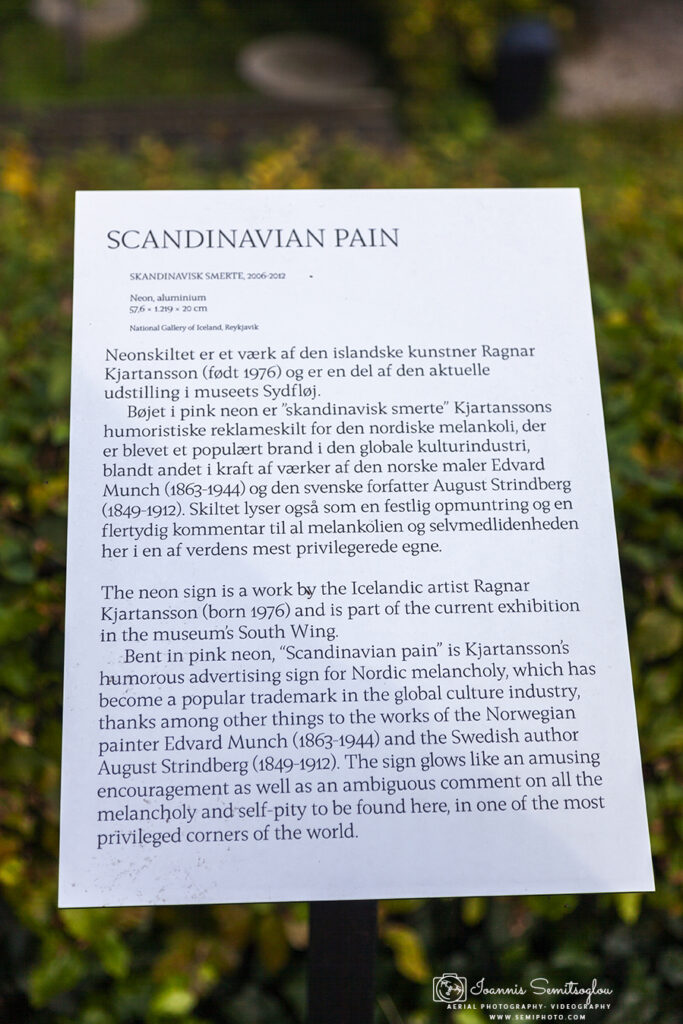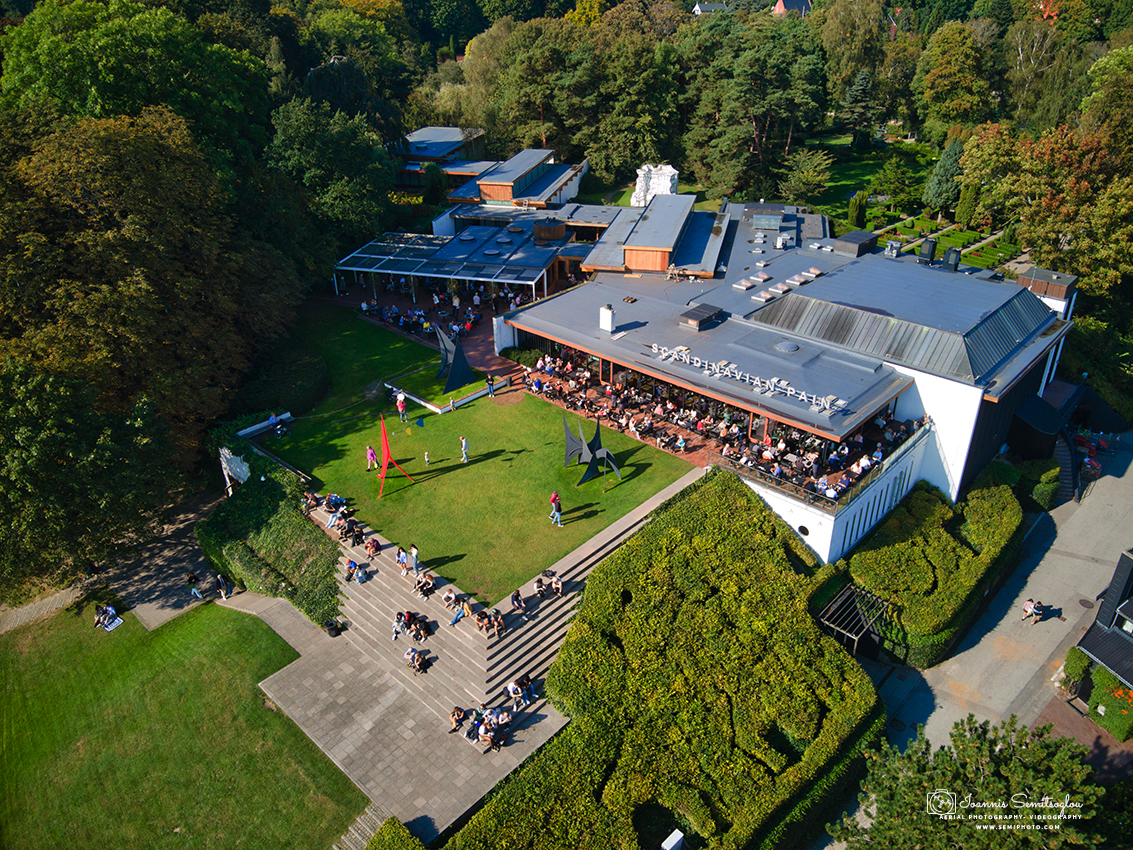Torben Weirup, journalist
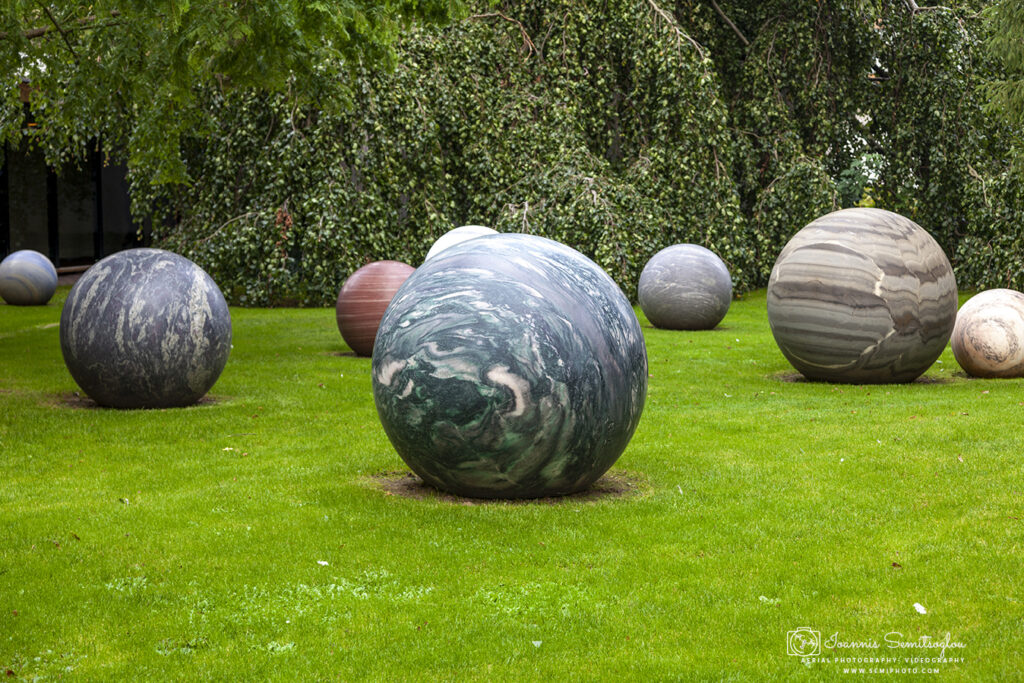
The Louisiana Museum of Modern Art is an art museum located on the shore of the Øresund Sound in Humlebæk, 35 km (22 mi) north of Copenhagen, Denmark. It is the most visited art museum in Denmark,[2] and has an extensive permanent collection of modern and contemporary art, dating from World War II to the present day; in addition, it has a comprehensive programme of special exhibitions. The museum is also acknowledged as a milestone in modern Danish architecture, and is noted for its synthesis of art, architecture, and landscape, such as was showcased in an installation entitled “Riverbed” shown in 2014–2015. The museum occasionally also stages exhibitions of work by the great impressionists and expressionists, such as Claude Monet, who was the focus of a major exhibition in 1994.
Wikipedia
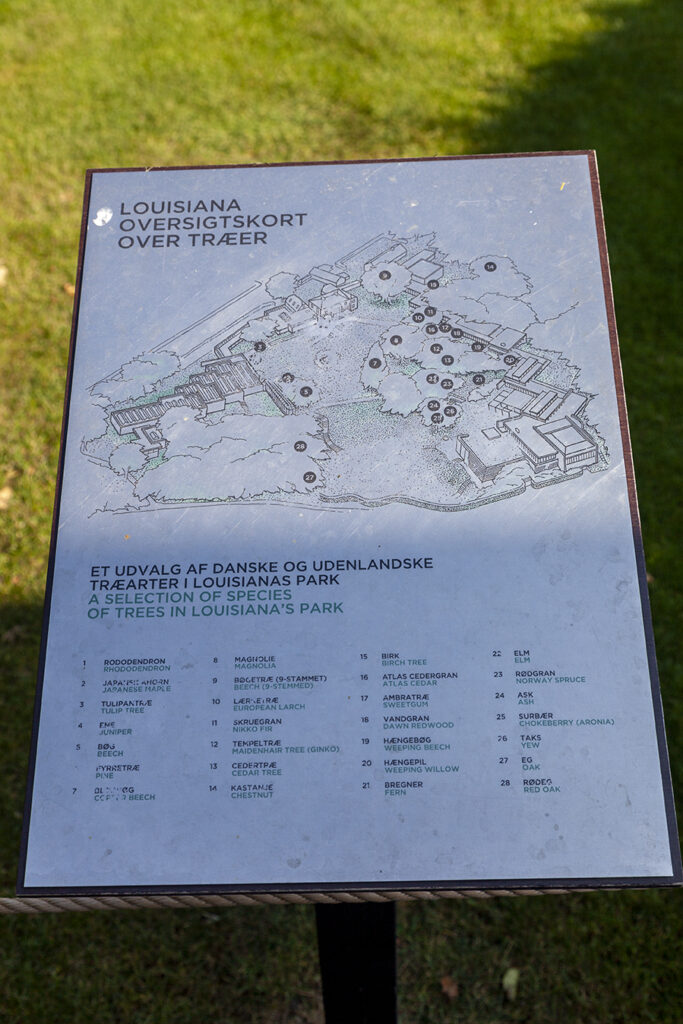
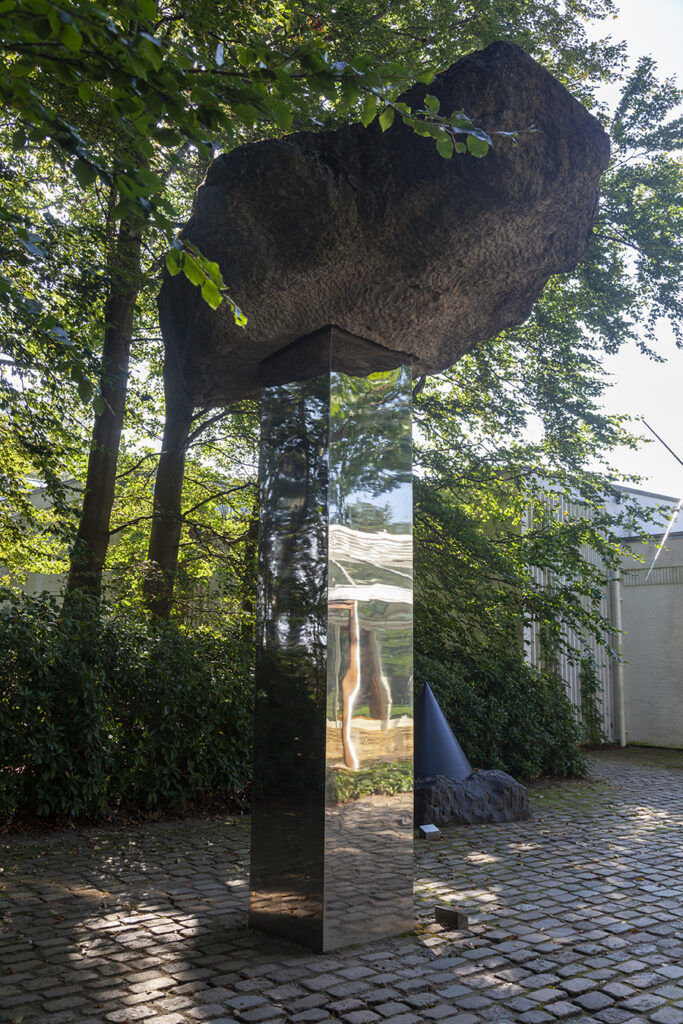
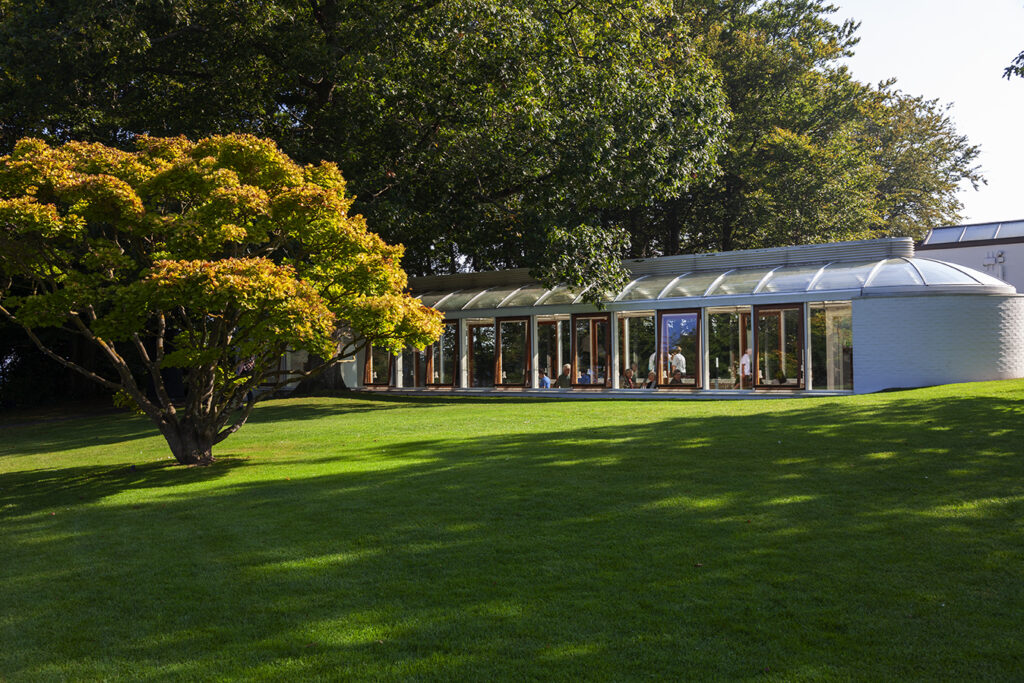
The museum is located by the Øresund coast in the North Zeeland region, some 30 km (19 mi) north of central Copenhagen and 10 km (6 mi) south of Elsinore. From the regional train station in Humlebæk, it takes 10–15 minutes to walk to the museum.
The museum has a wide range of modern art paintings, sculptures and videos dating from World War II to the present day, including works by artists such as Roy Lichtenstein, Andy Warhol, Anselm Kiefer, Alberto Giacometti, Pablo Picasso, Yves Klein, Robert Rauschenberg, David Hockney and Asger Jorn. The videos are often housed in room settings where the viewer is made to feel part of the scene being portrayed. Perched above the sea, there is a sculpture garden between the museum’s two wings with works by artists including Henry Moore, Alexander Calder, and Jean Arp.
Wikipedia
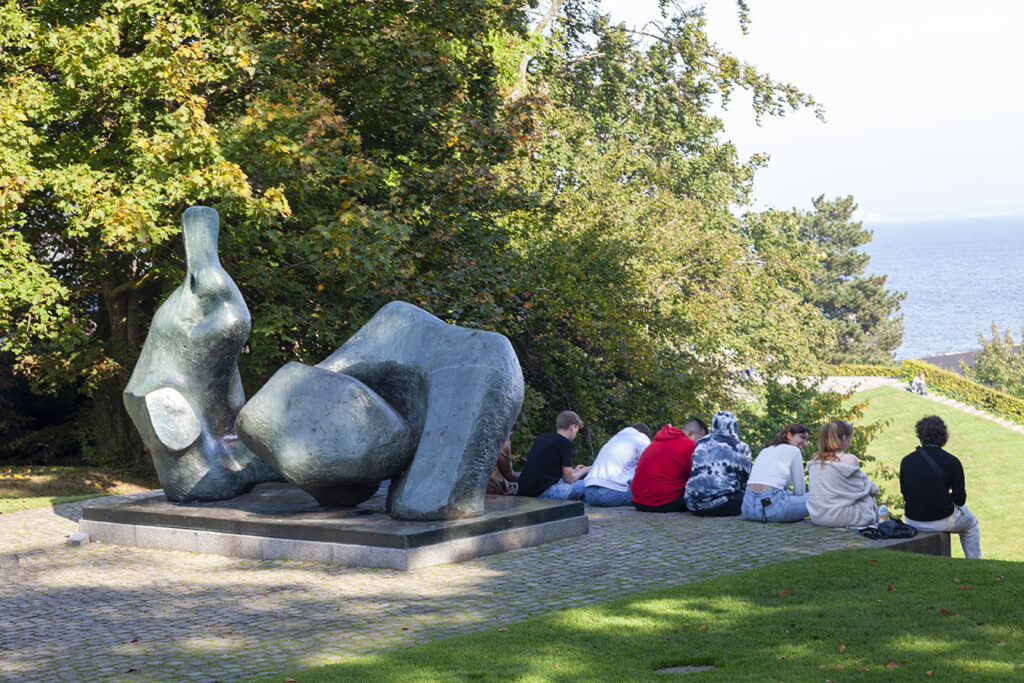
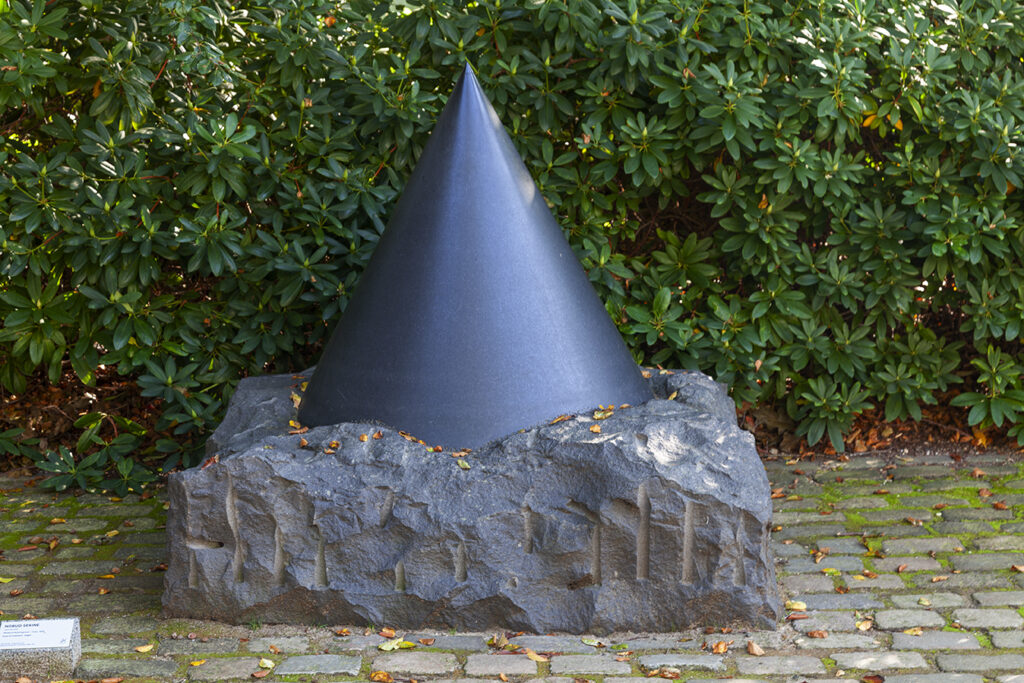
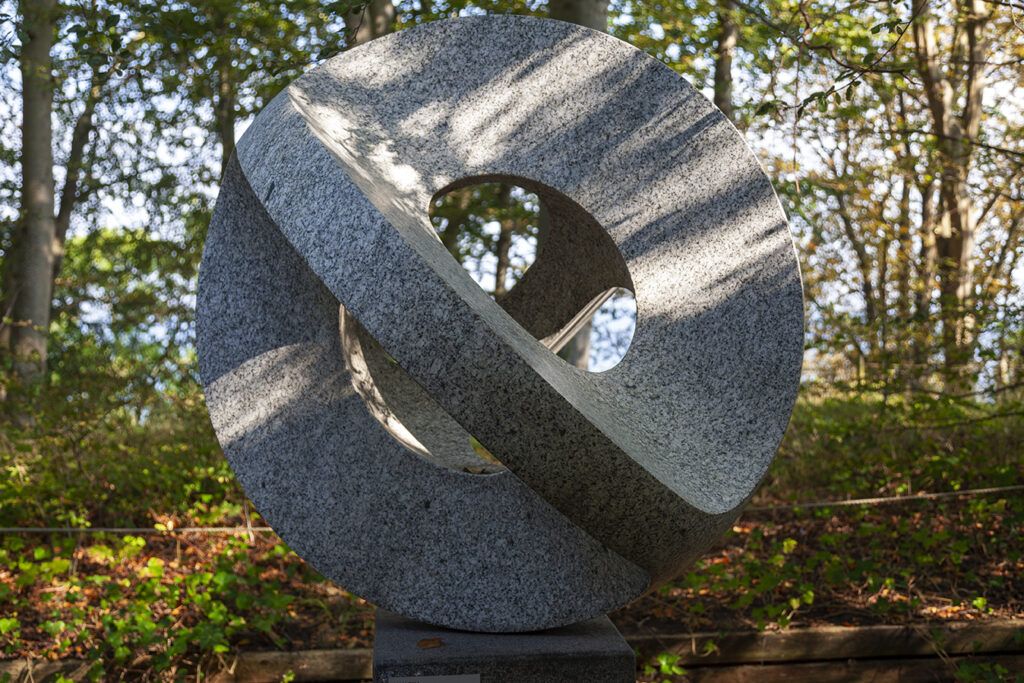
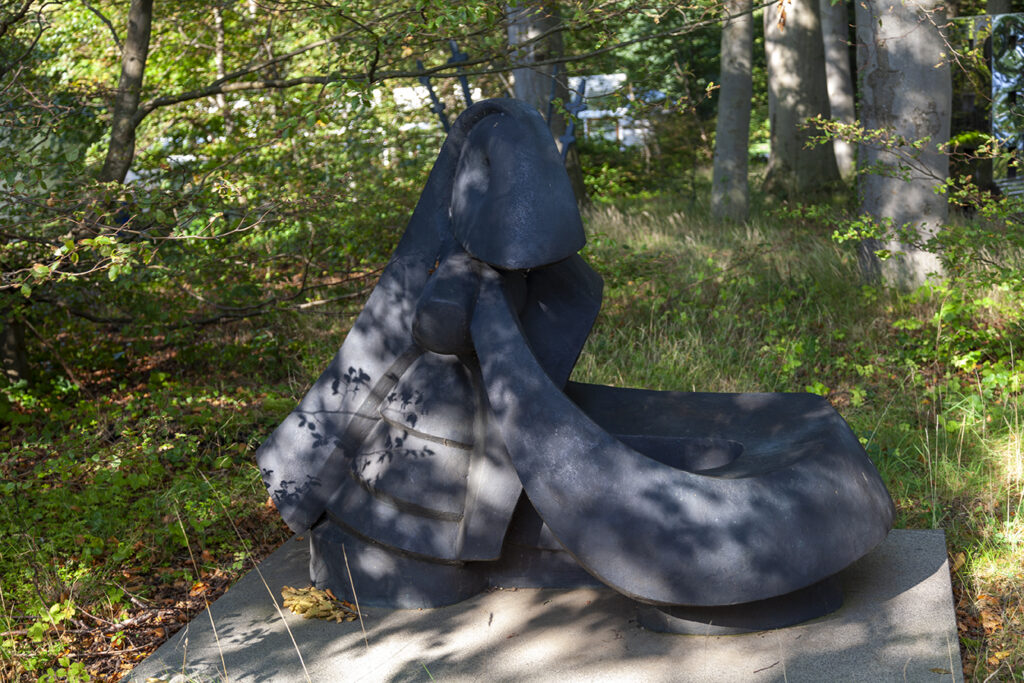
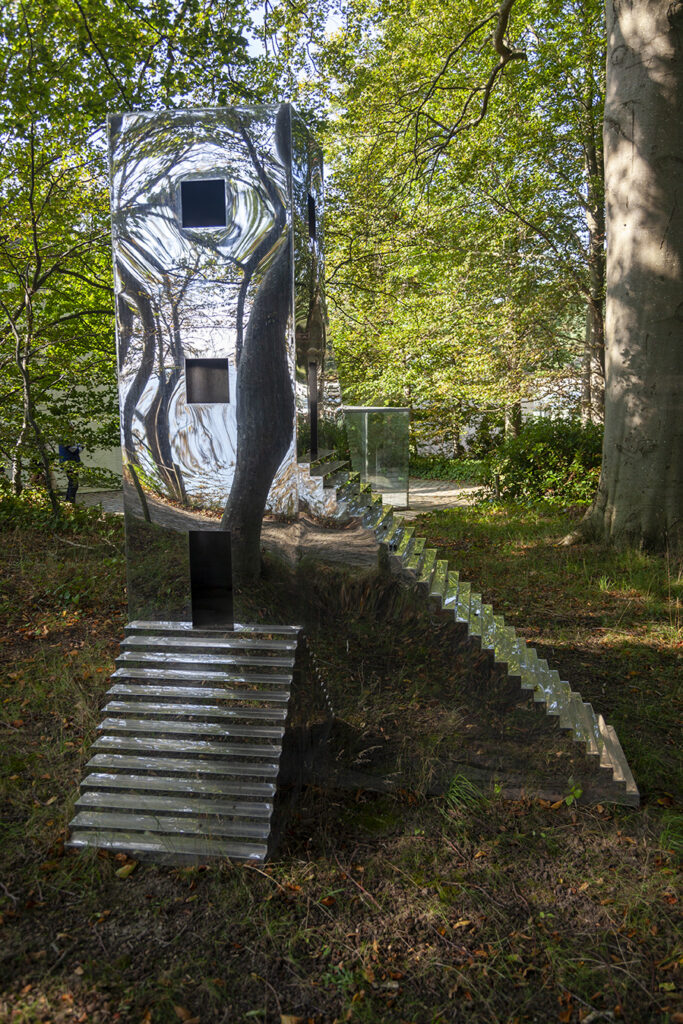
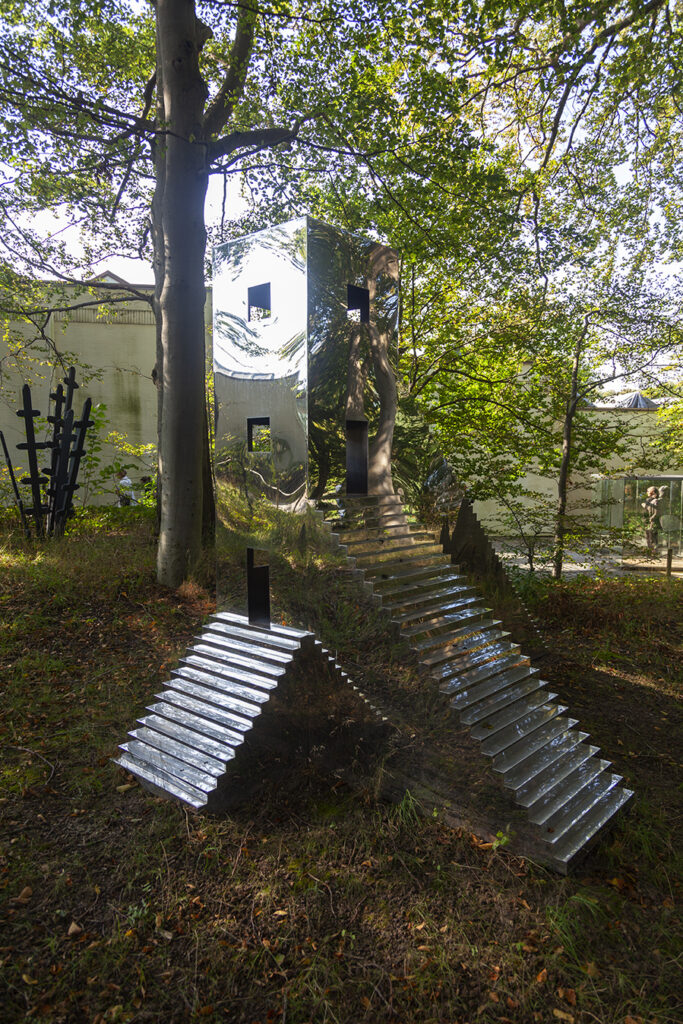
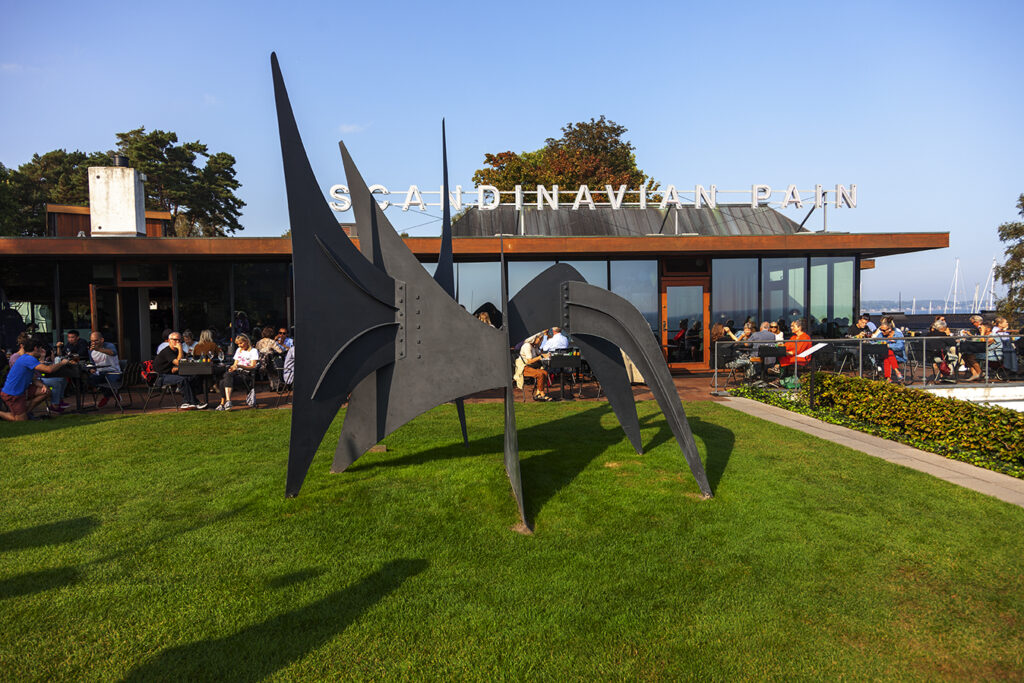
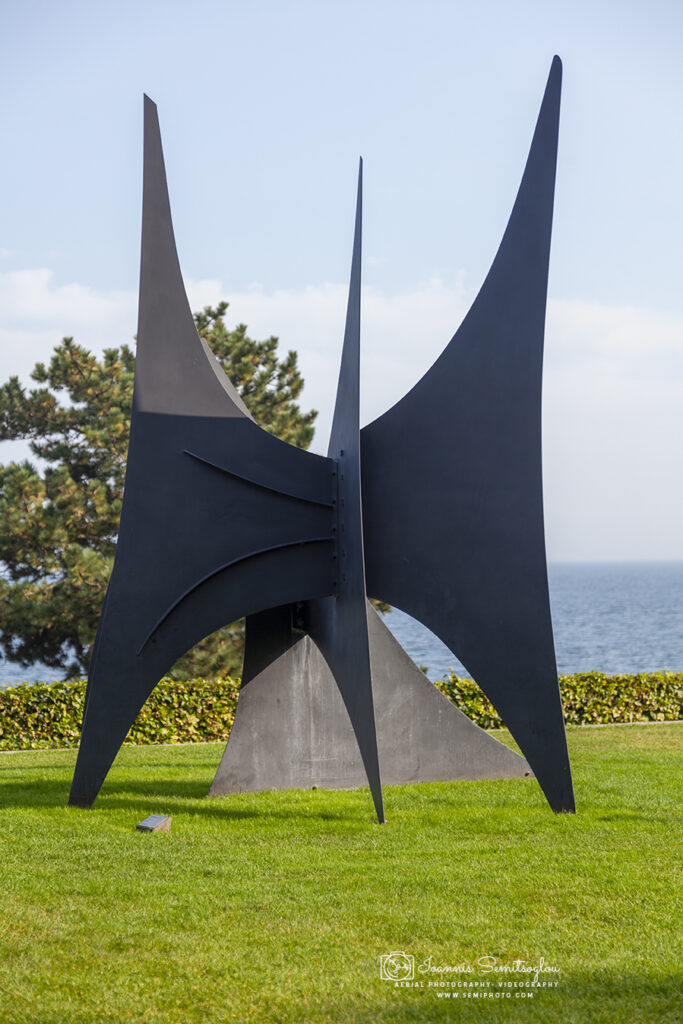
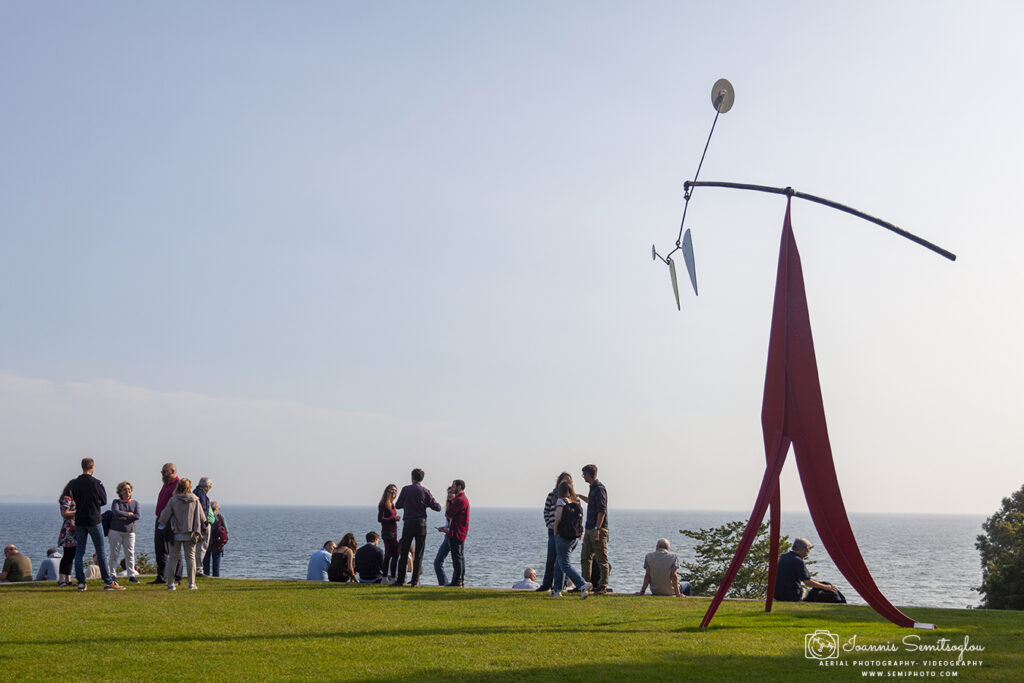
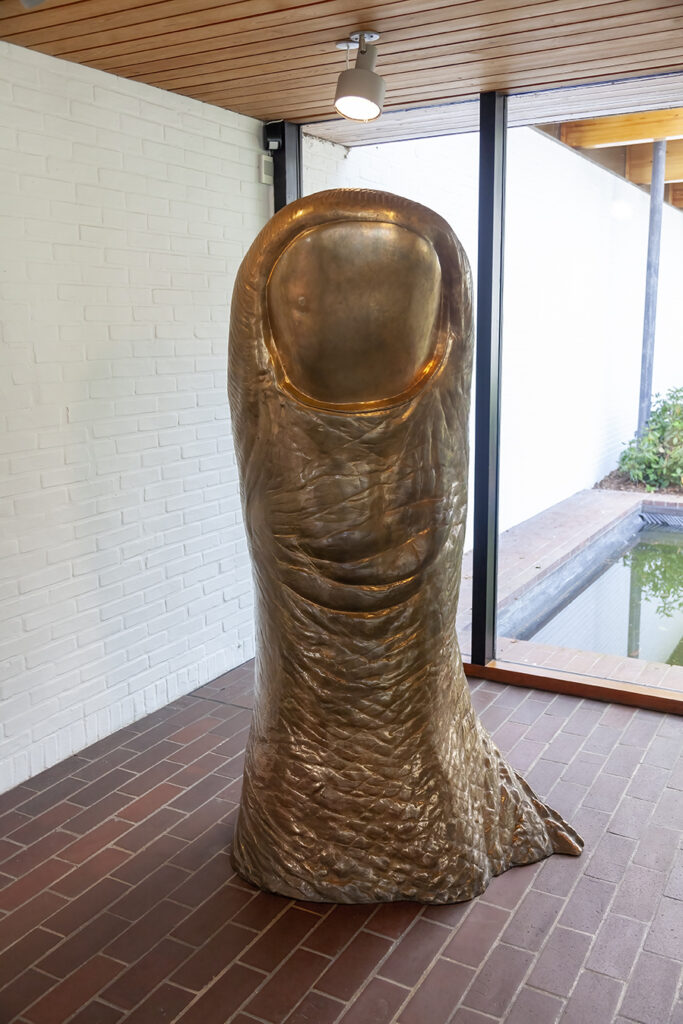
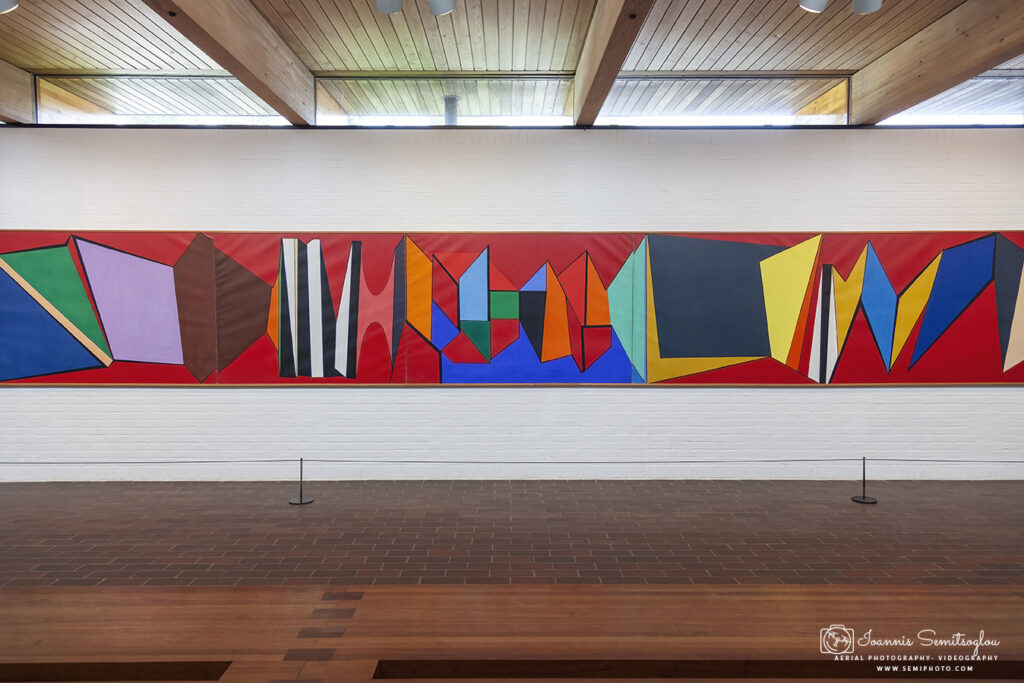
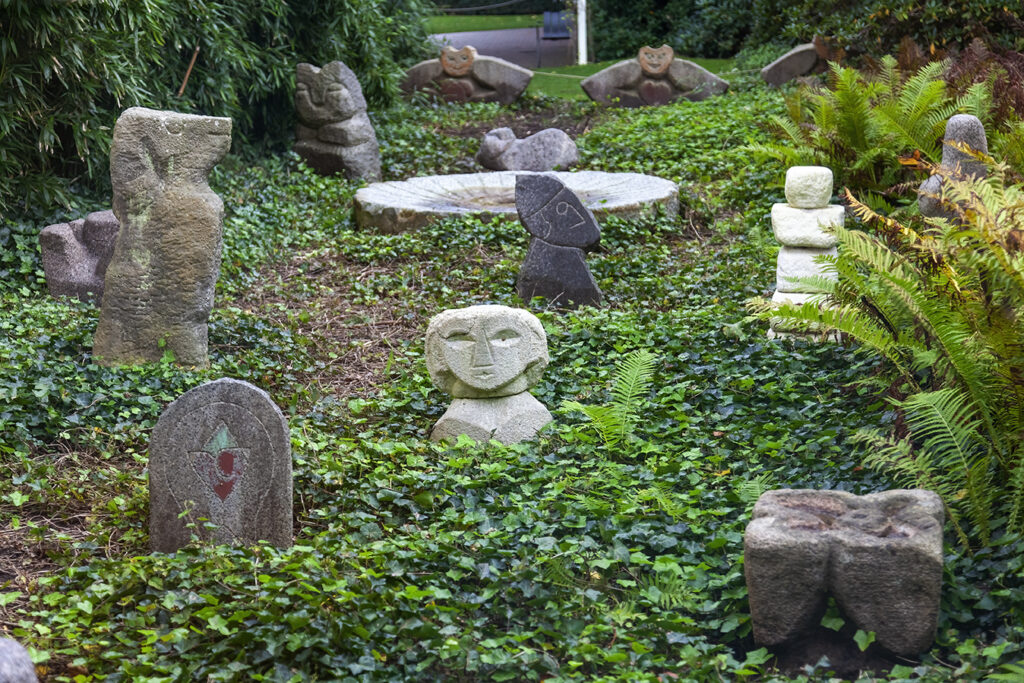
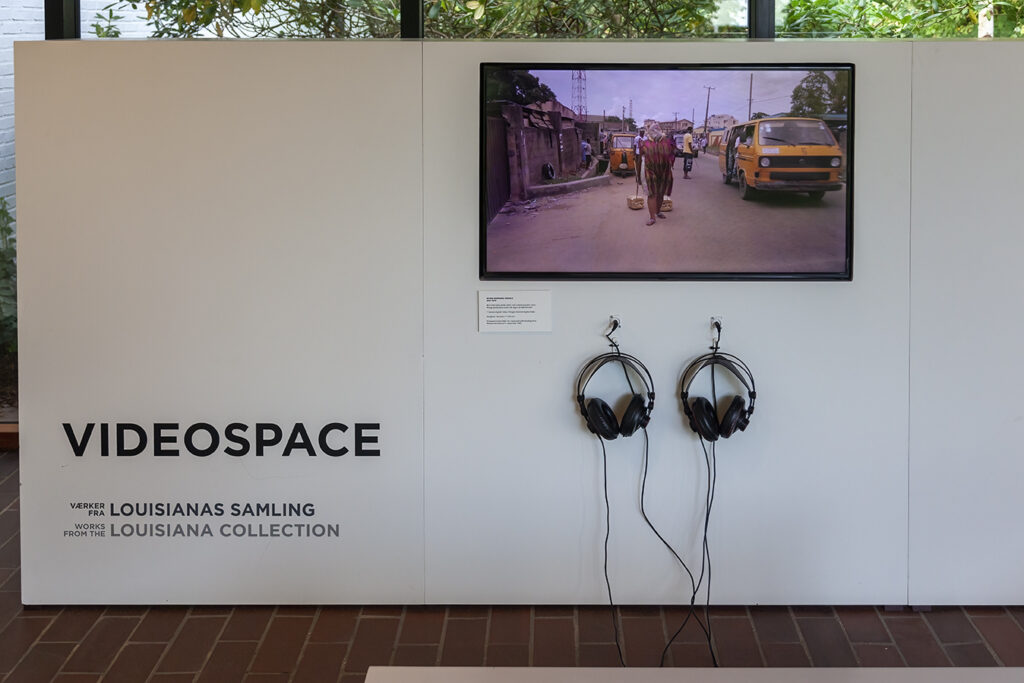
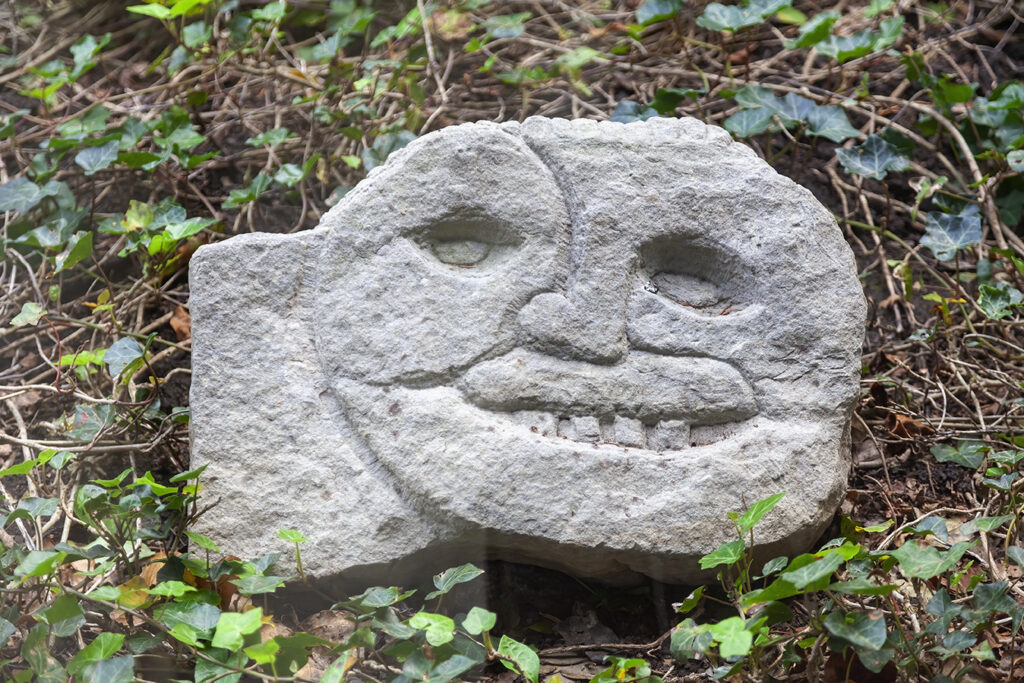
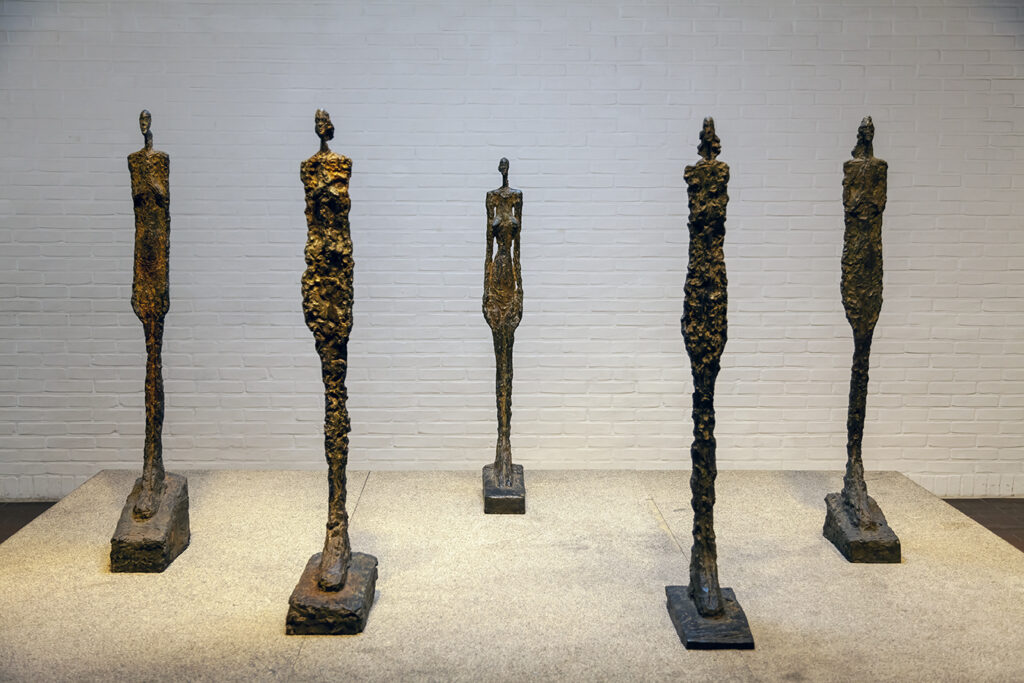
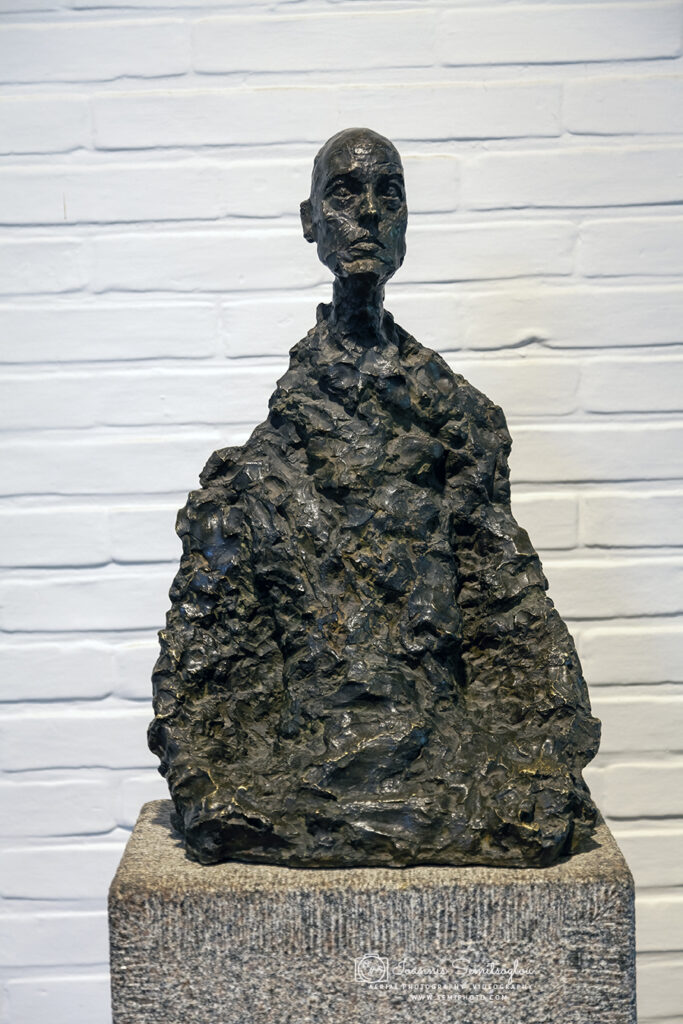
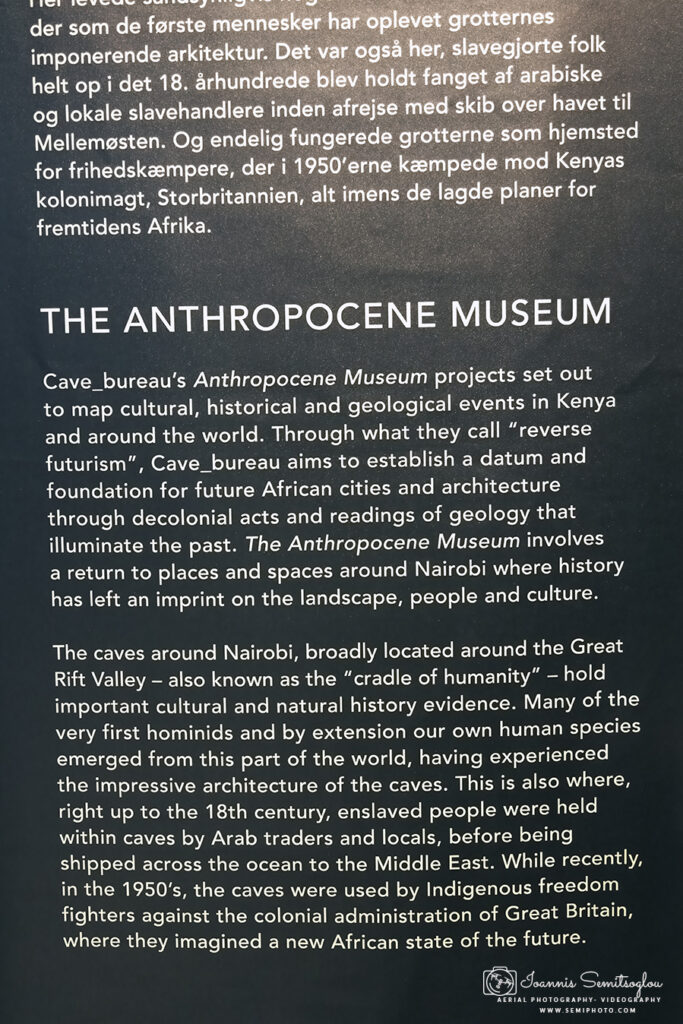
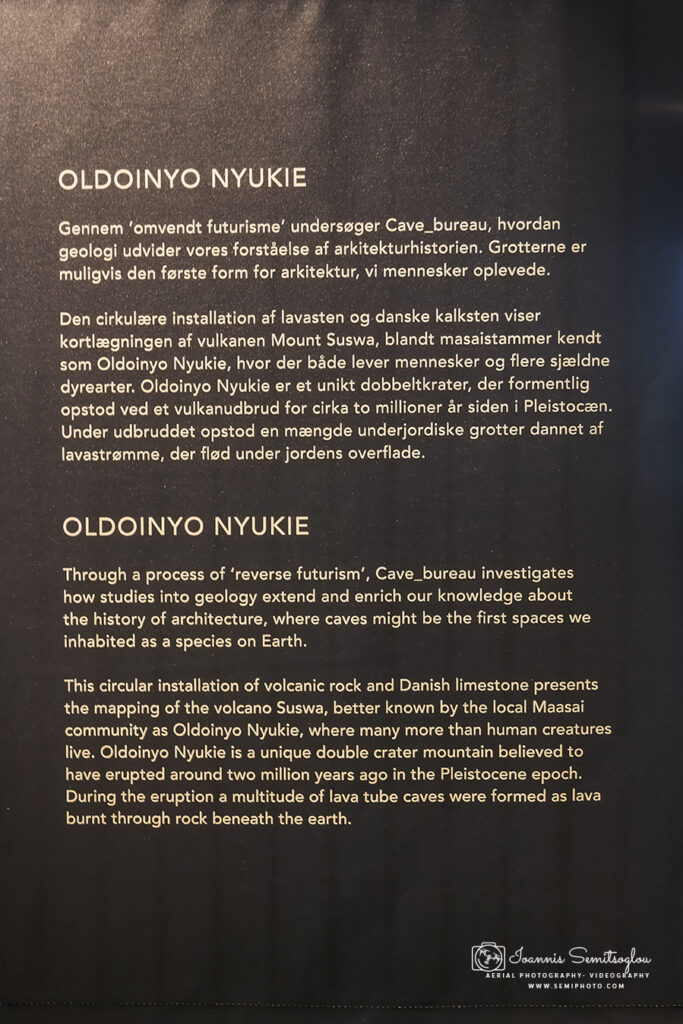
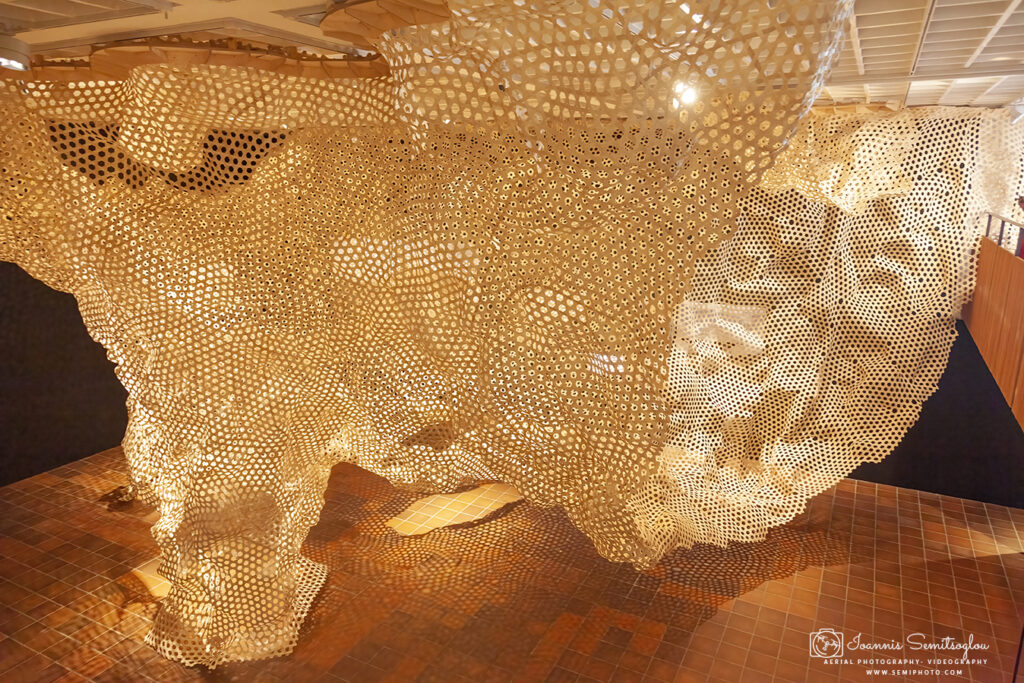
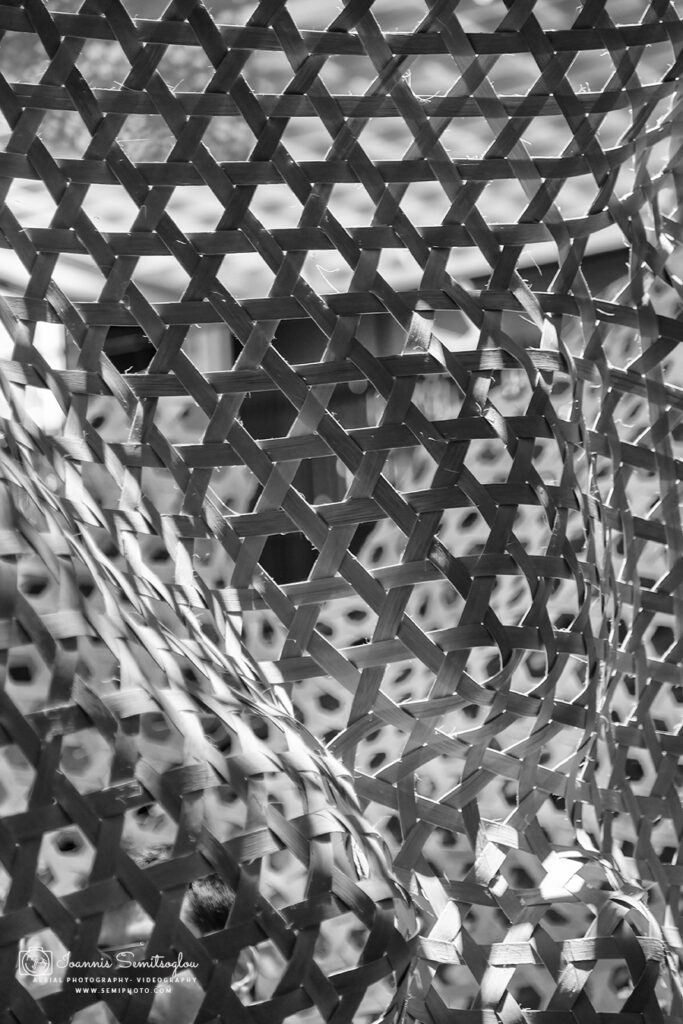
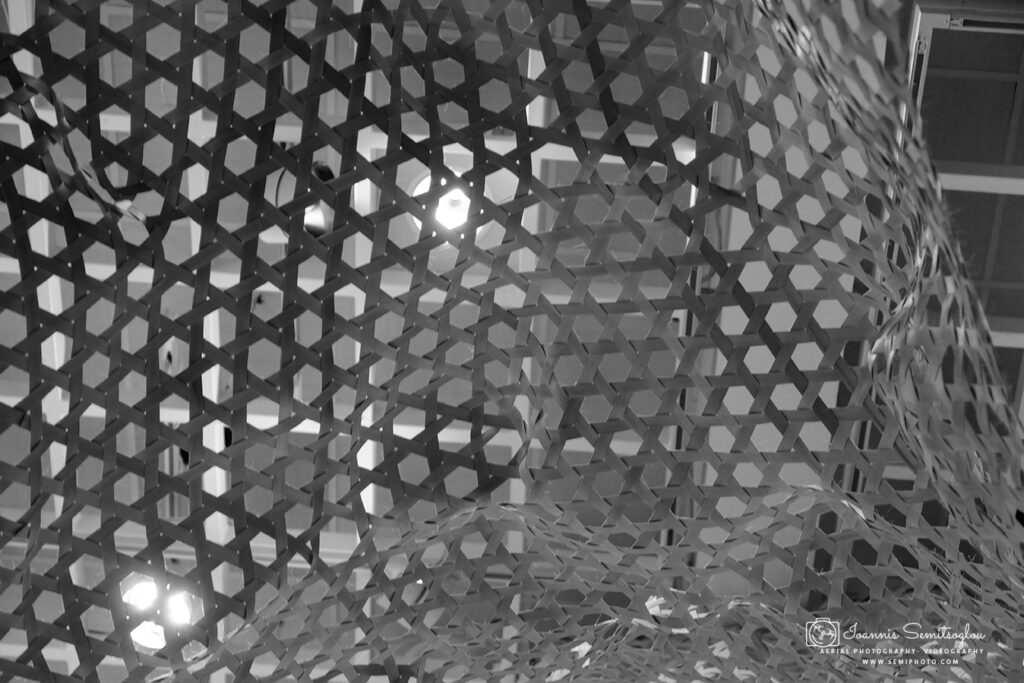
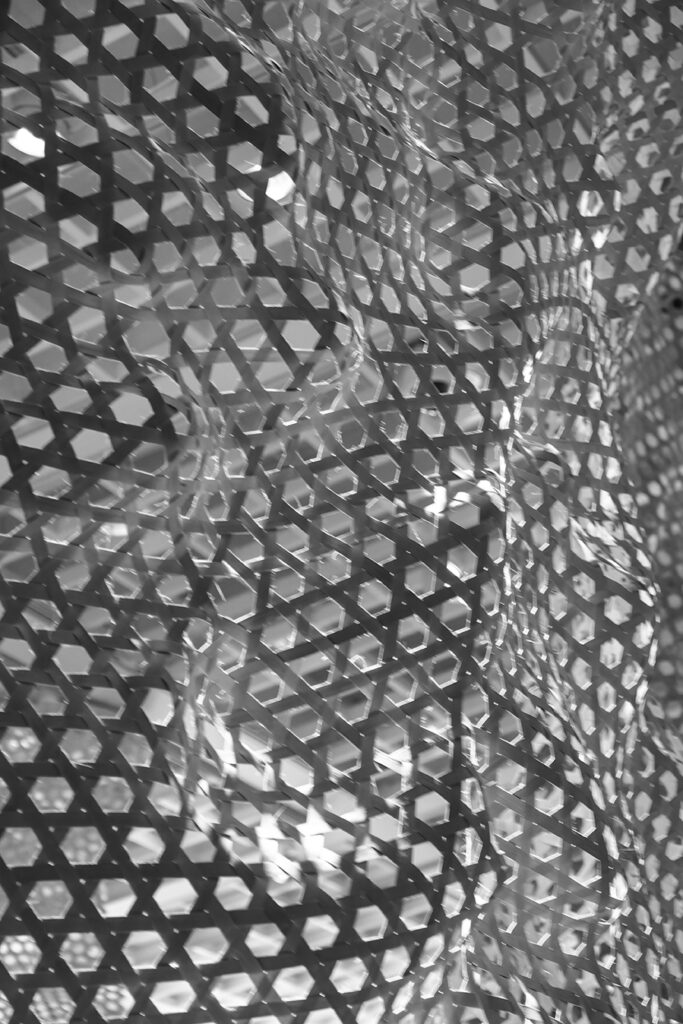
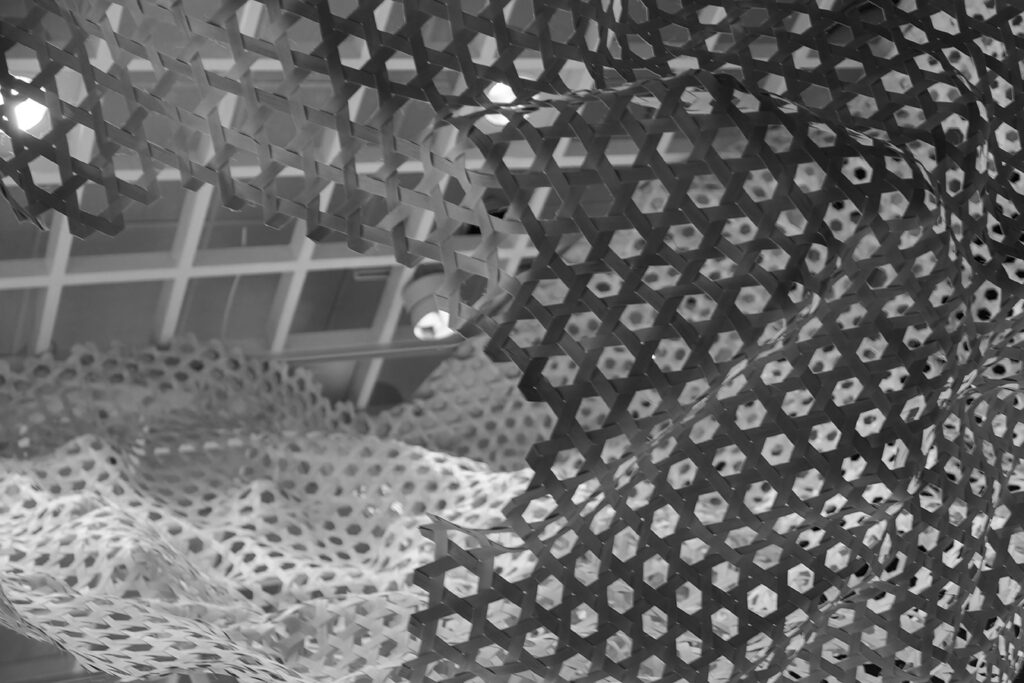
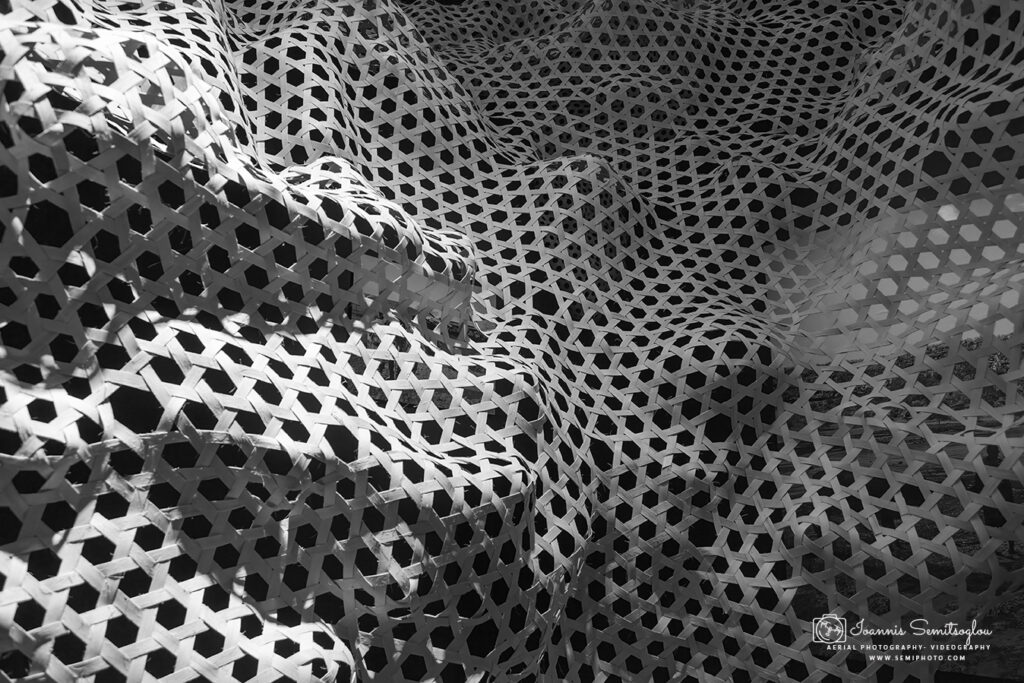
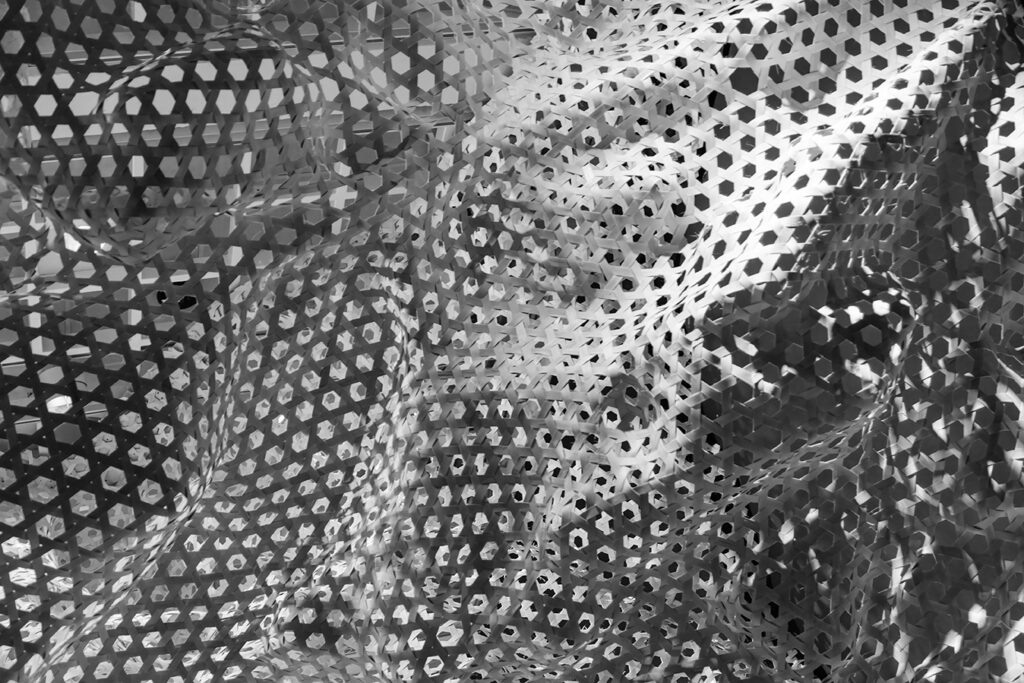
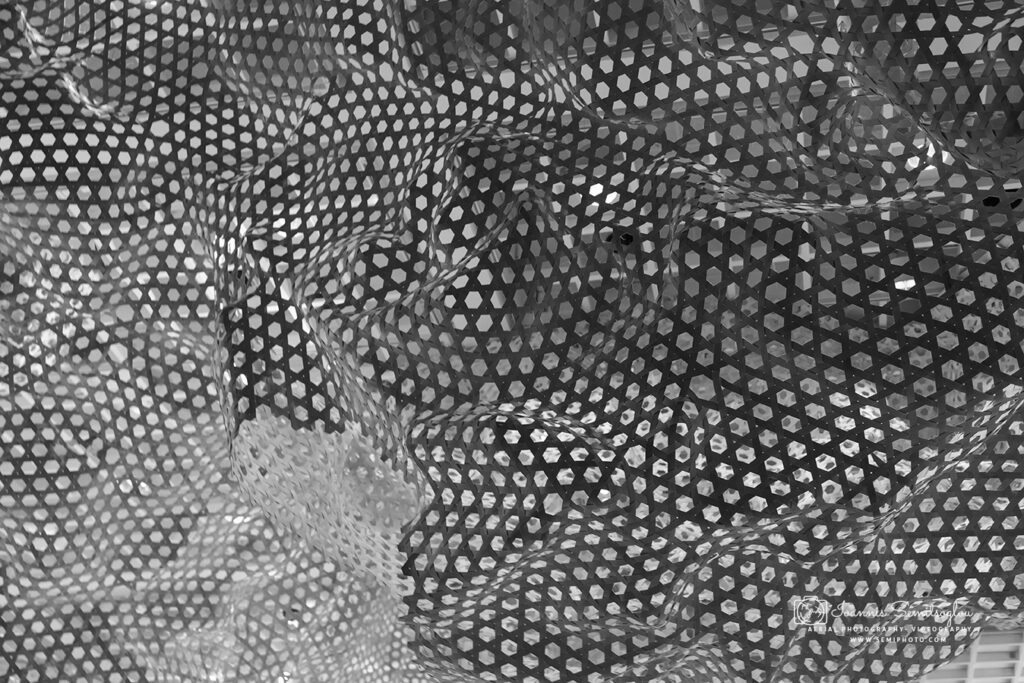
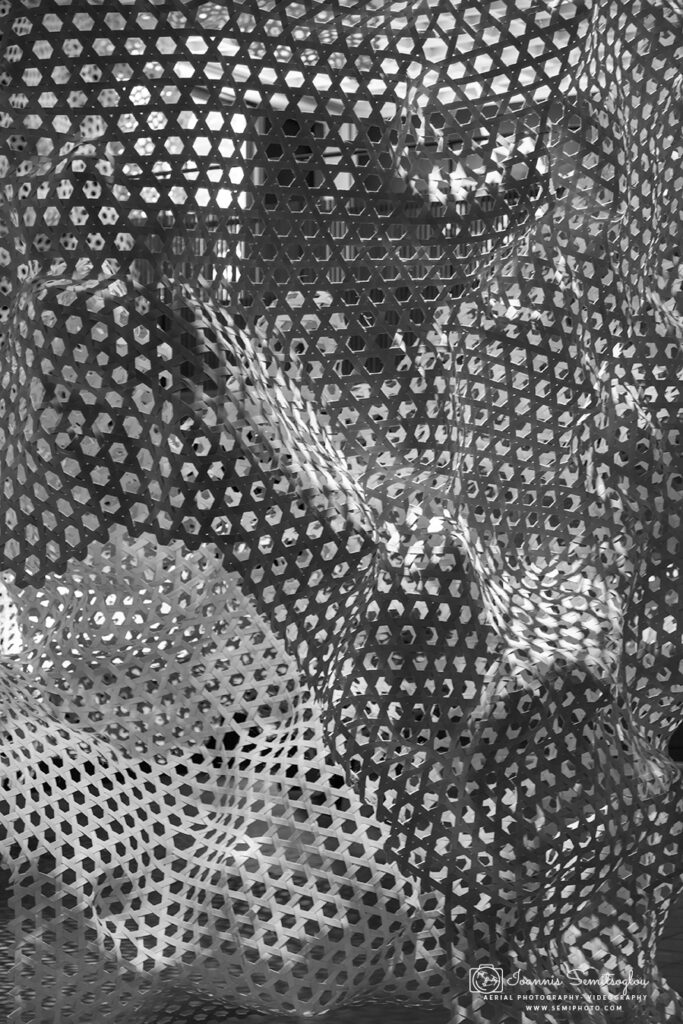
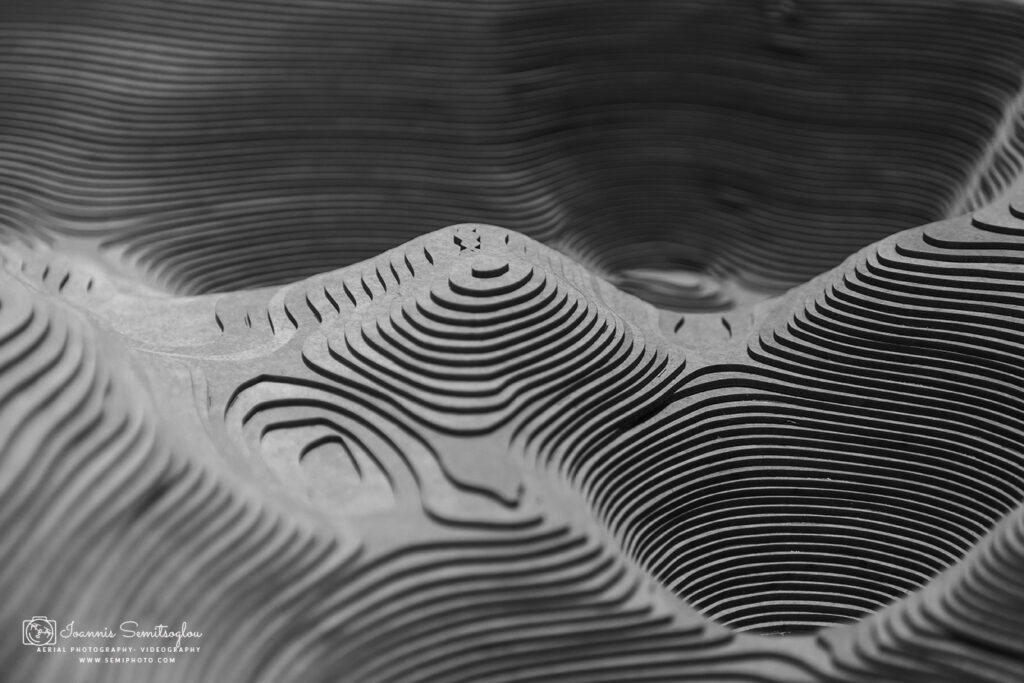
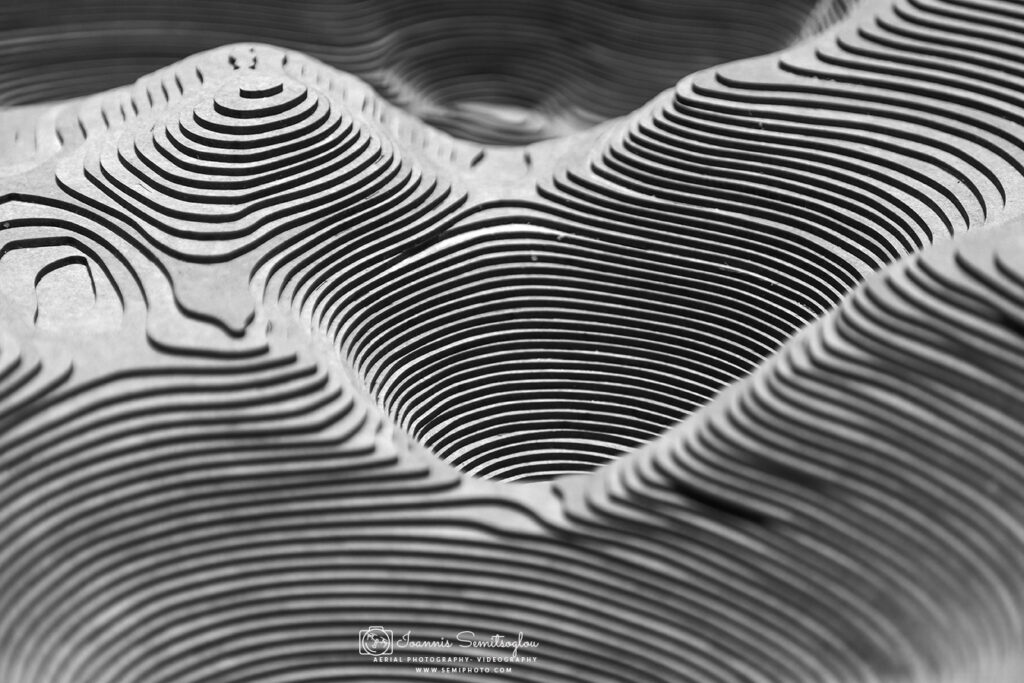
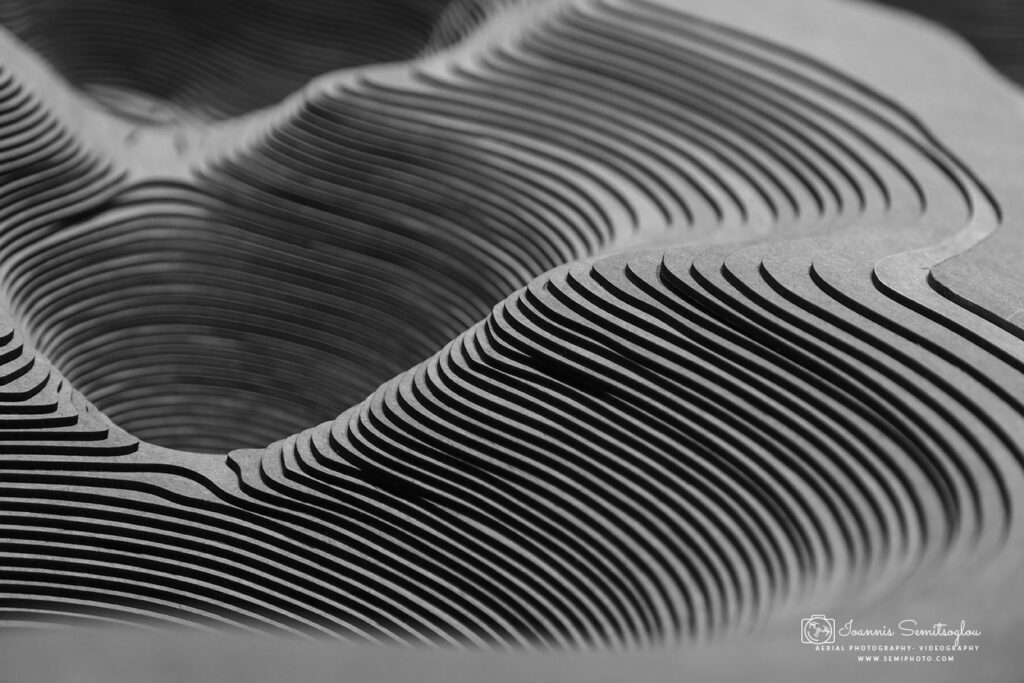
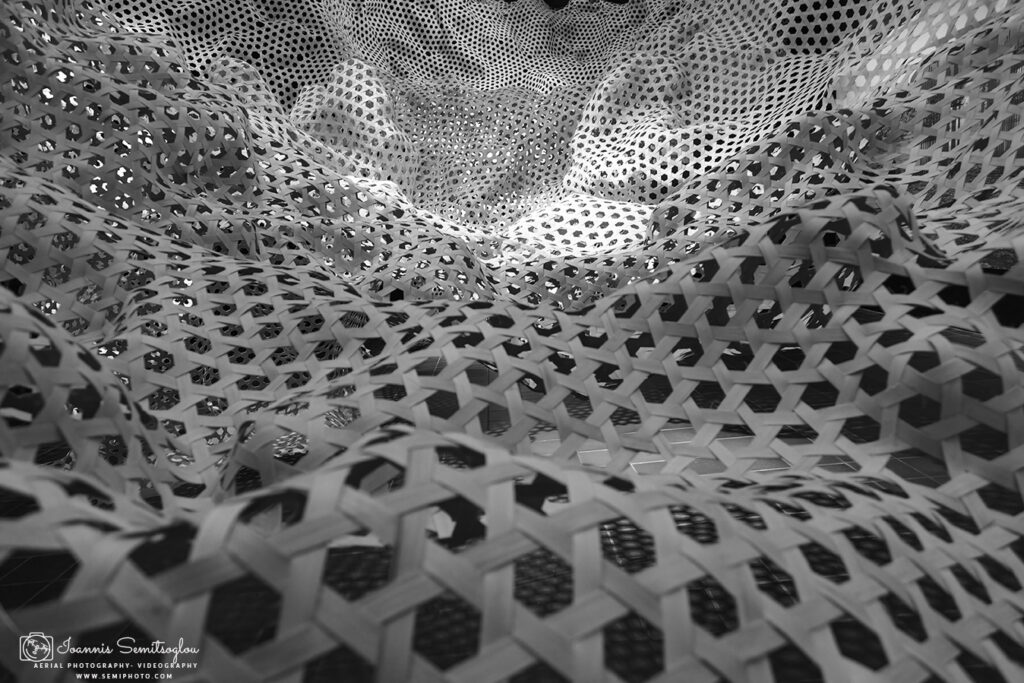
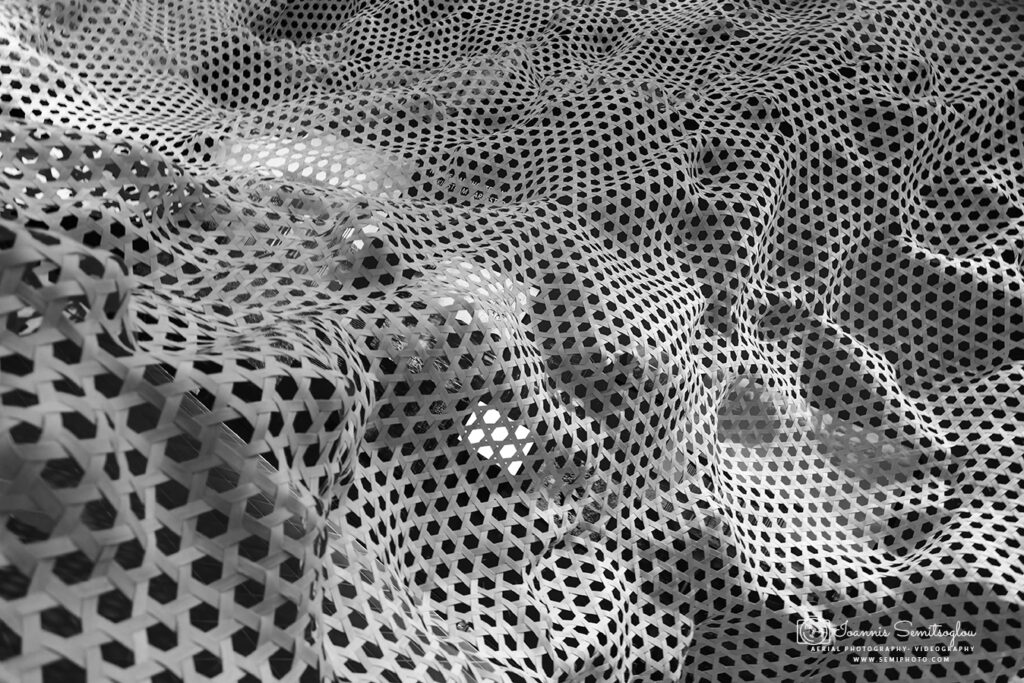
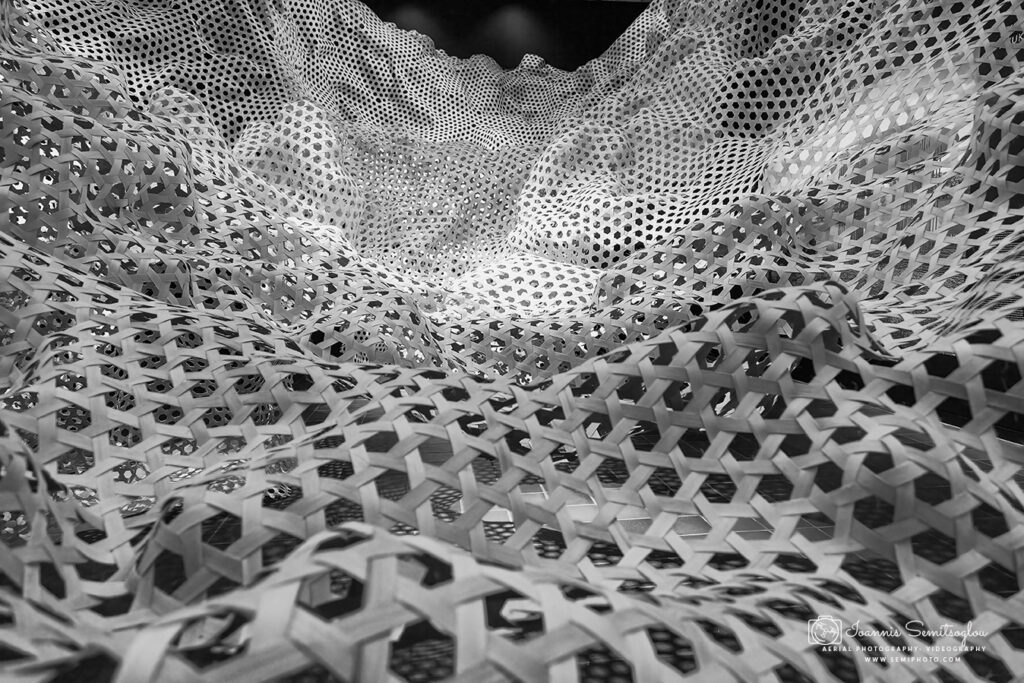
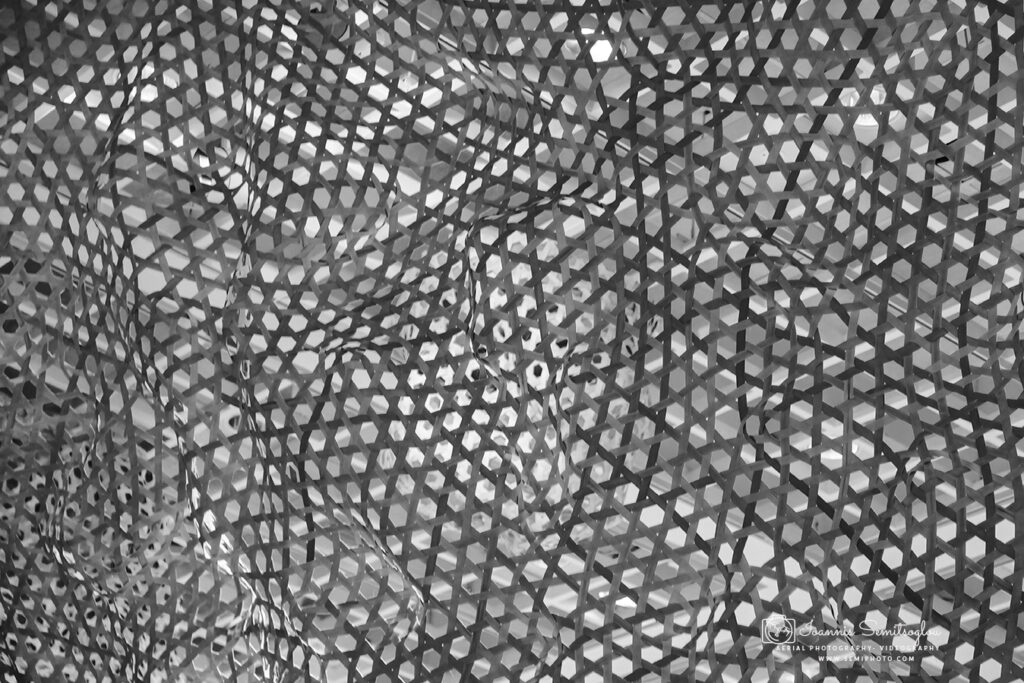
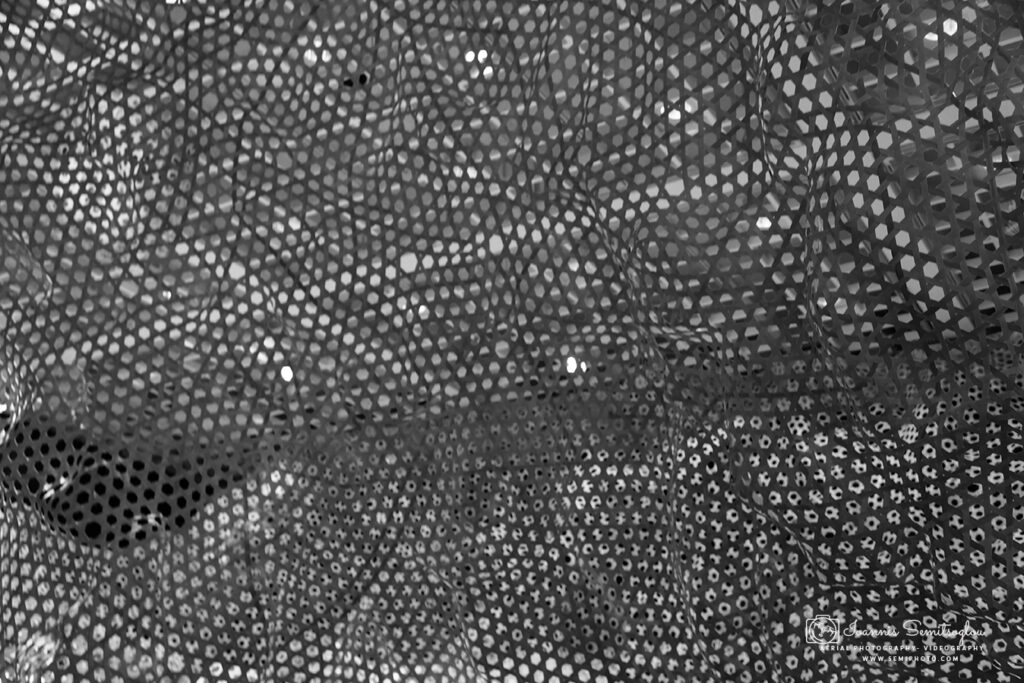
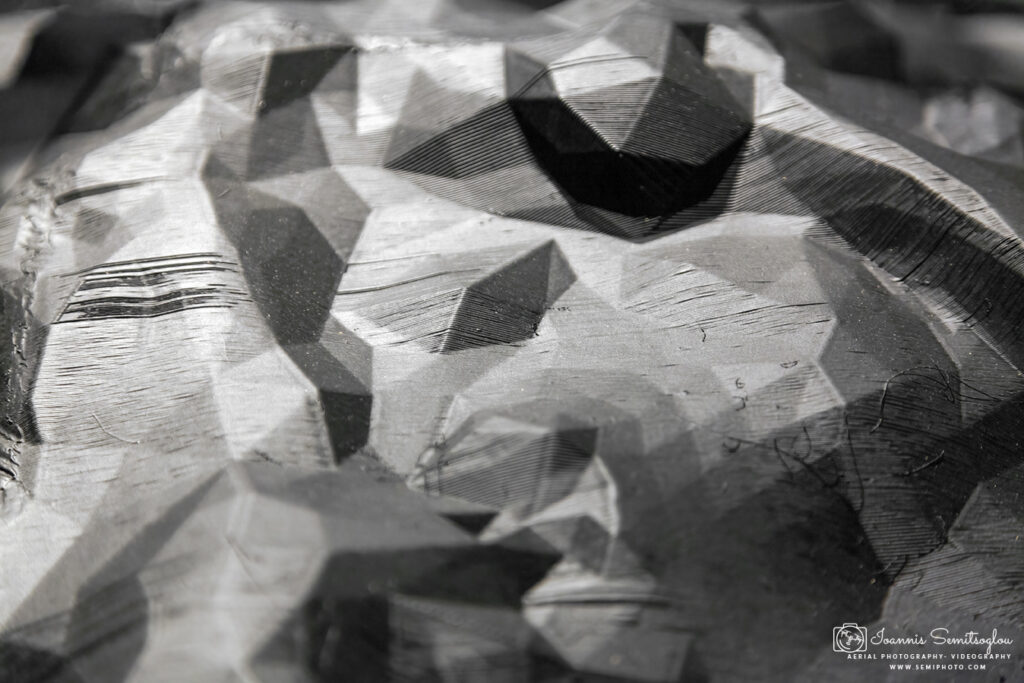
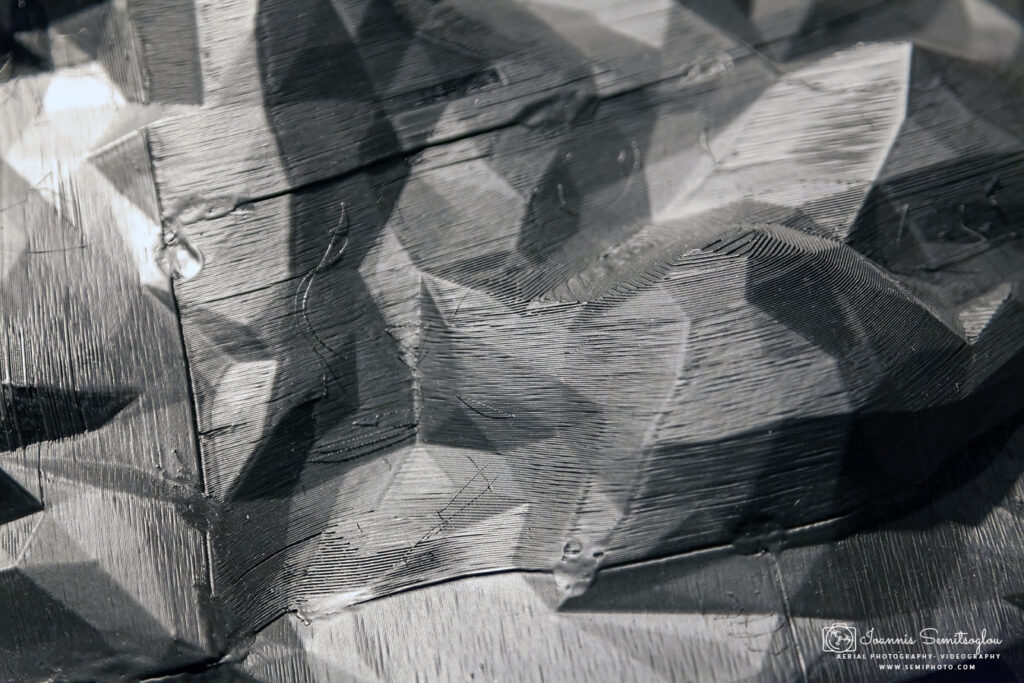
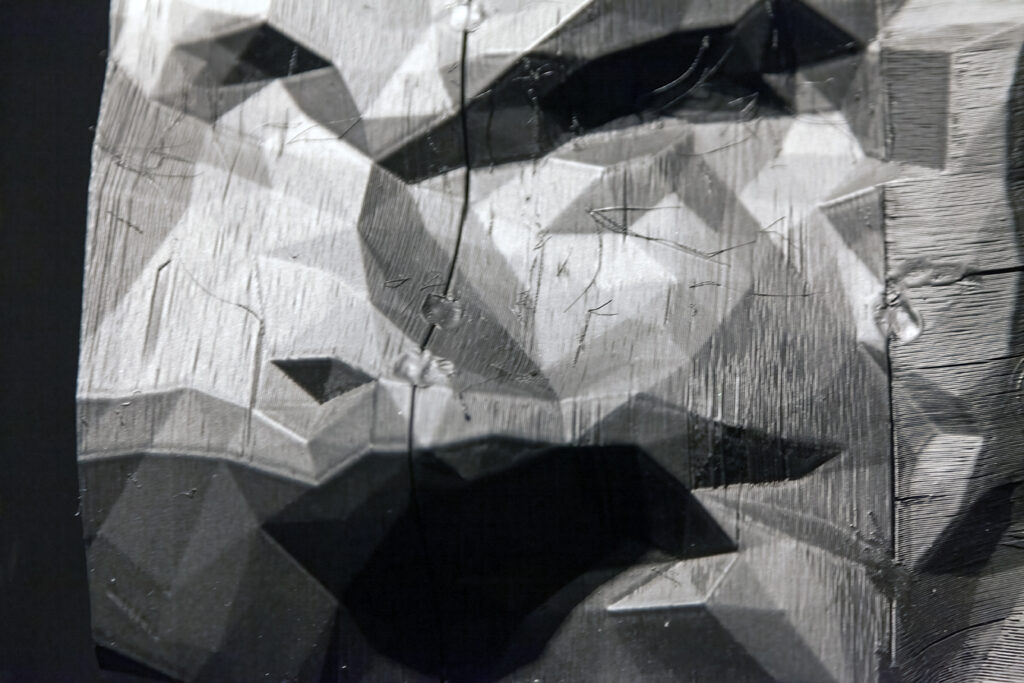
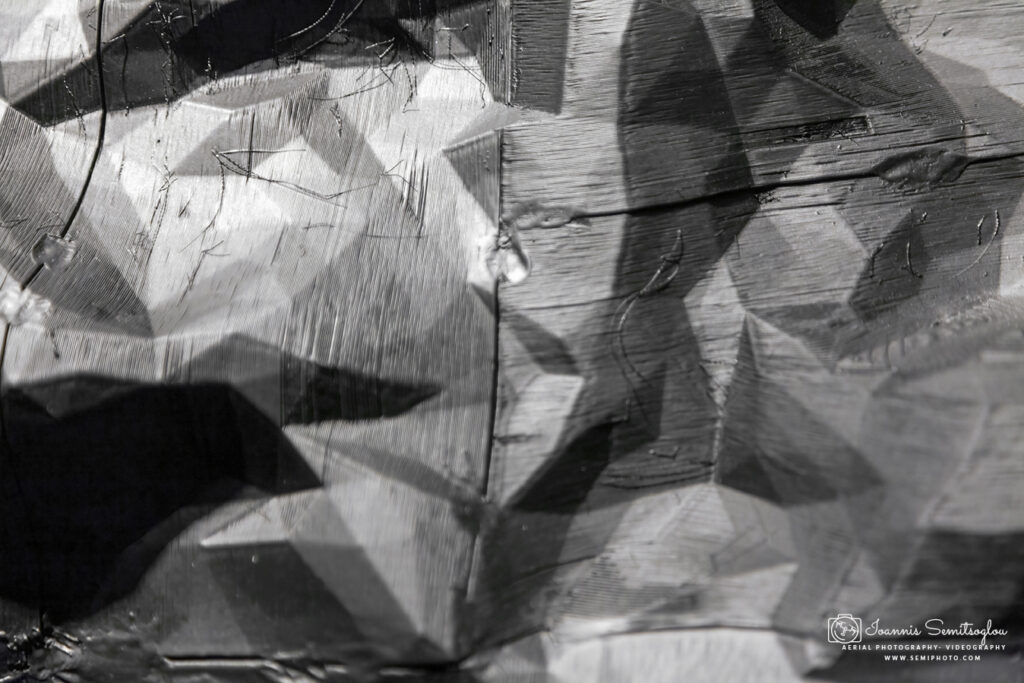
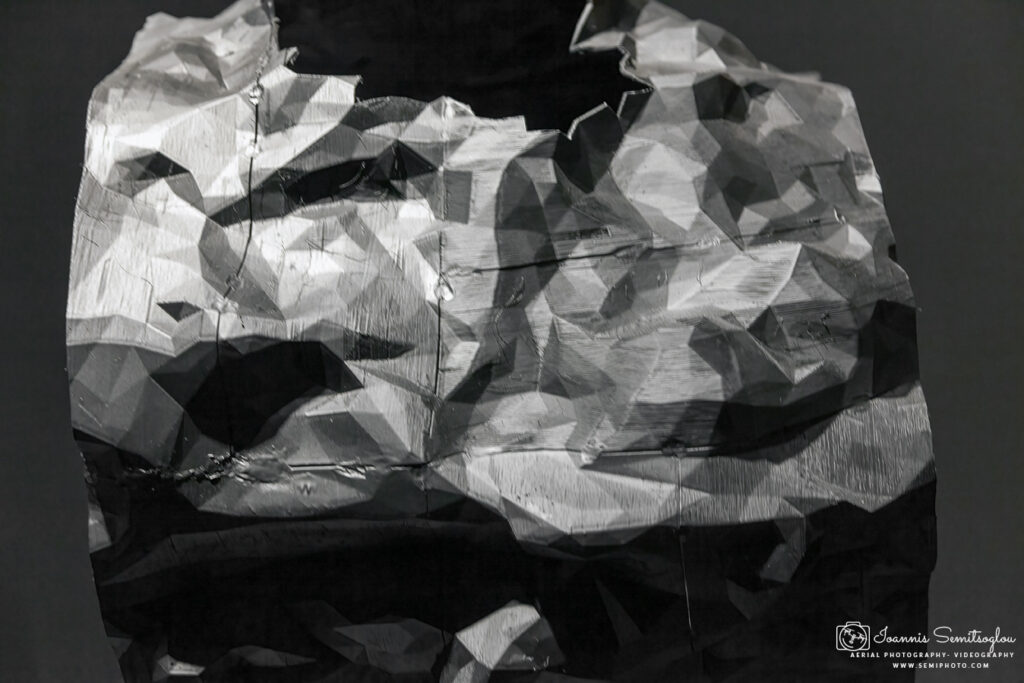
World-Architects.com
This final exhibition in the series The Architect’s Studio takes a dive underground and into the extensive volcanic cave systems of Kenya. Here the design studio Cave_bureau take a look back to the origins of humanity and examine the future, while simultaneously finding concrete solutions to some of the most pressing challenges of our time.
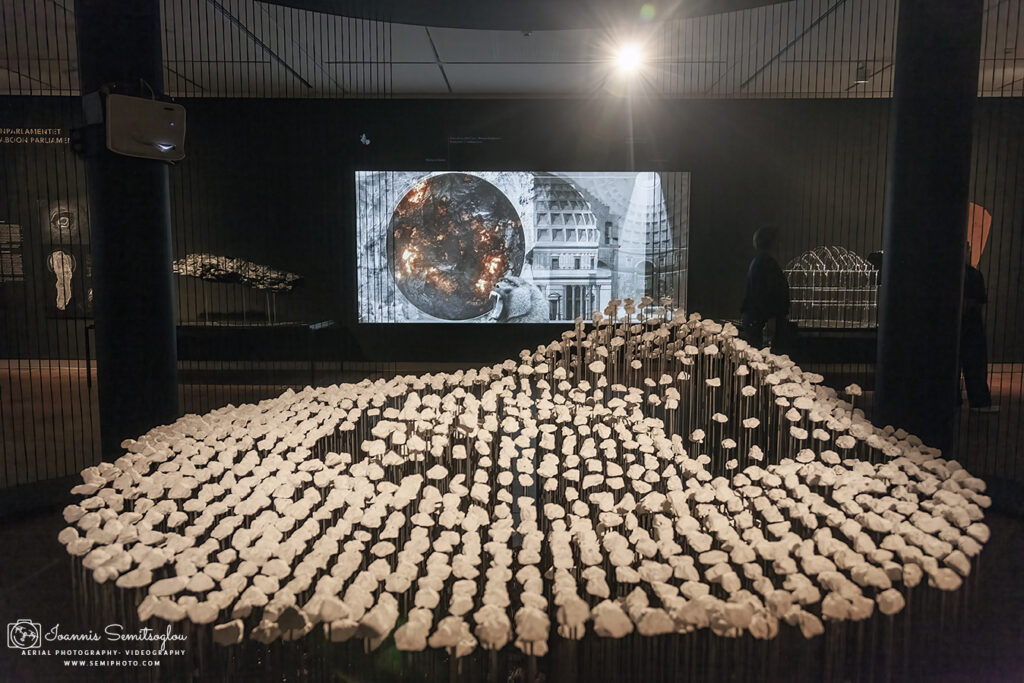
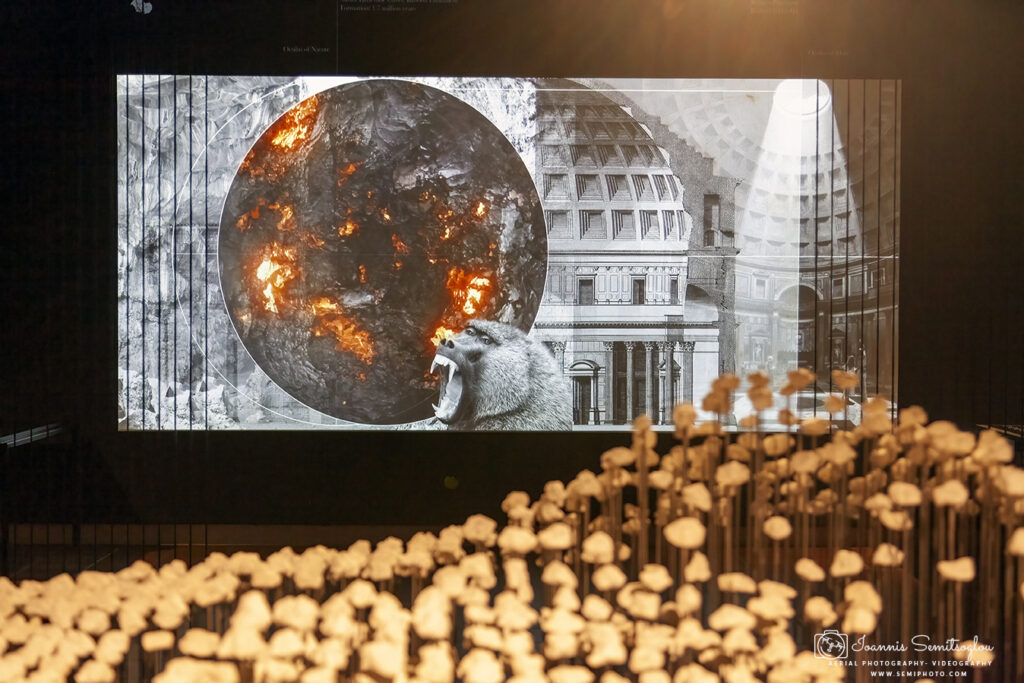
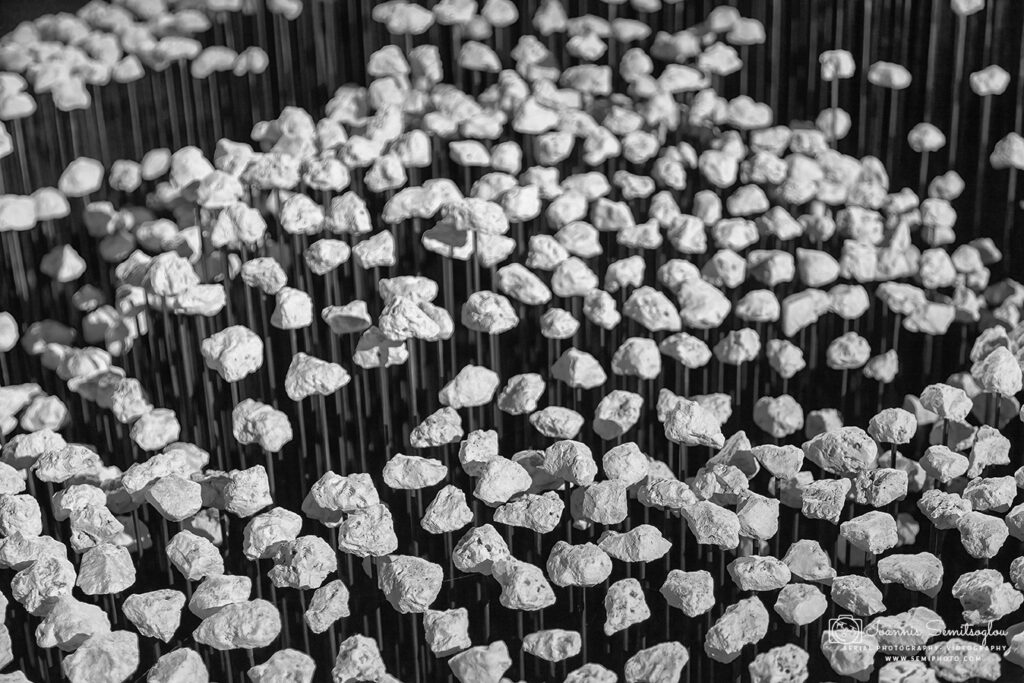

Pussy Riot's first ever museum exhibition.
Rooted in punk, humour, poetry and pure rage, the feminist-activist art collective Pussy Riot, formed in Moscow 2011, are famous for their spontaneous and courageos actions challenging the Russian regime.Using colourful clothes, disguises and protest songs in their face-off with the Russian authorities, the collected actions of Pussy Riot stand out as some of the most powerful political art of the 21st century.
New York Times
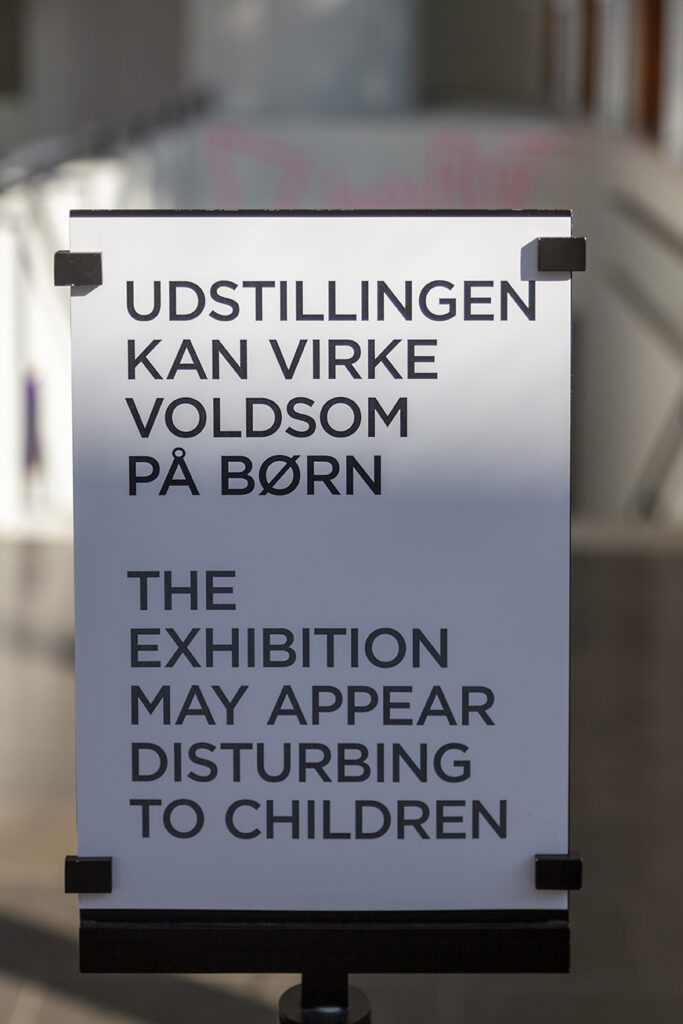
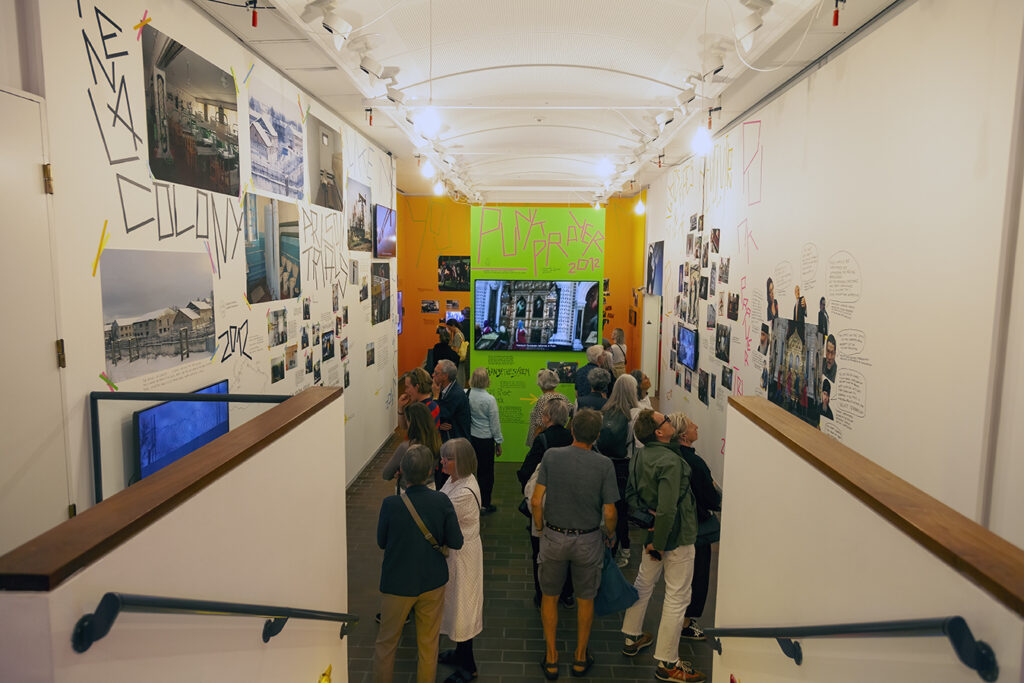
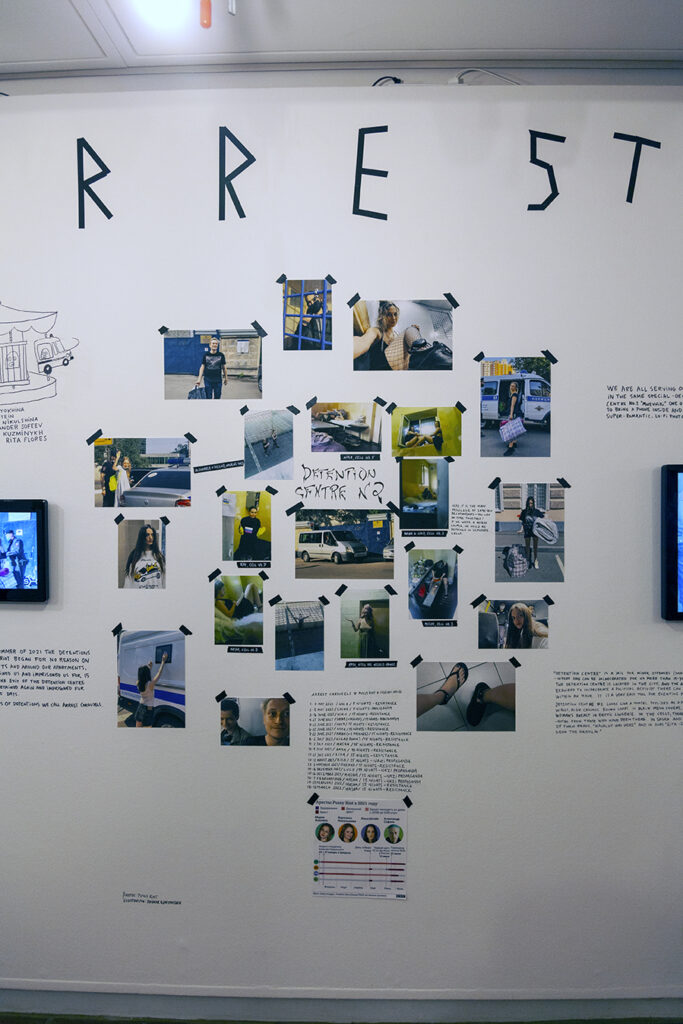
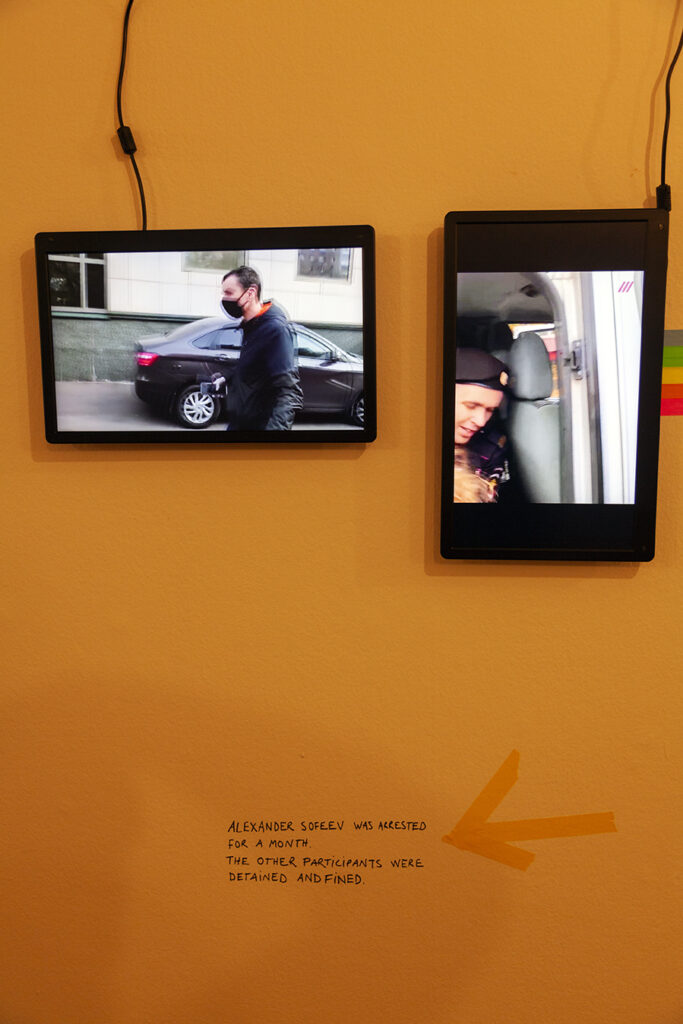
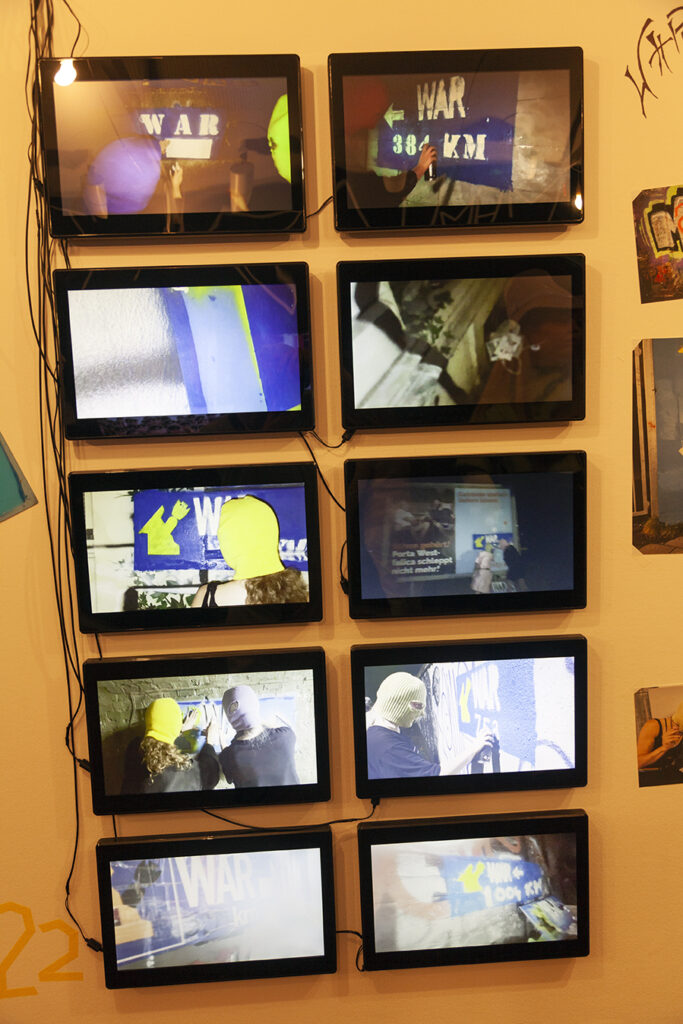
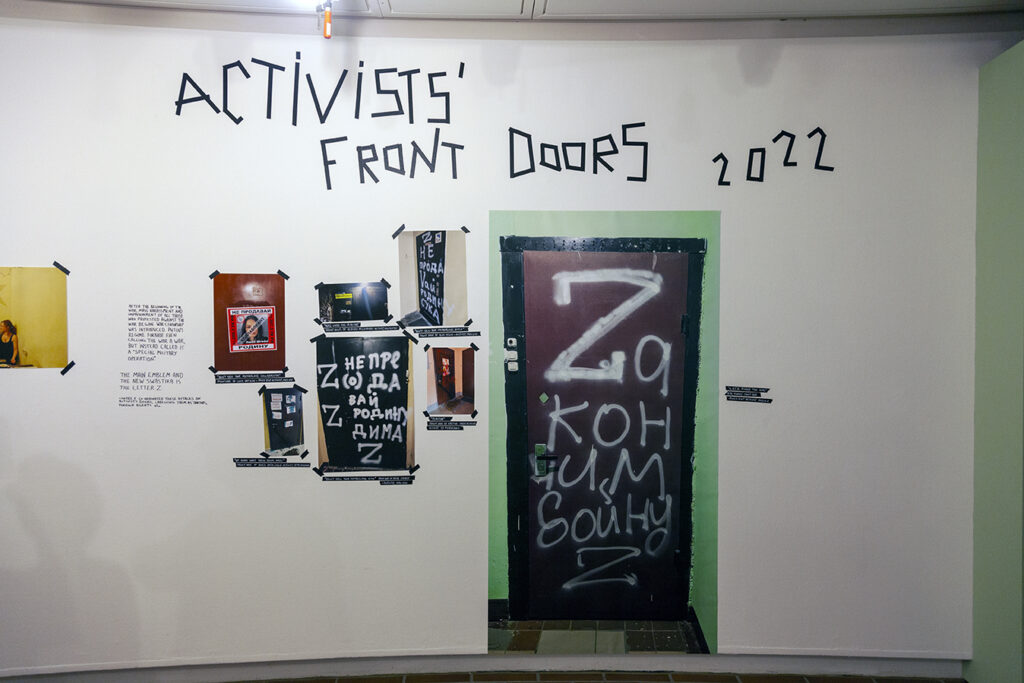
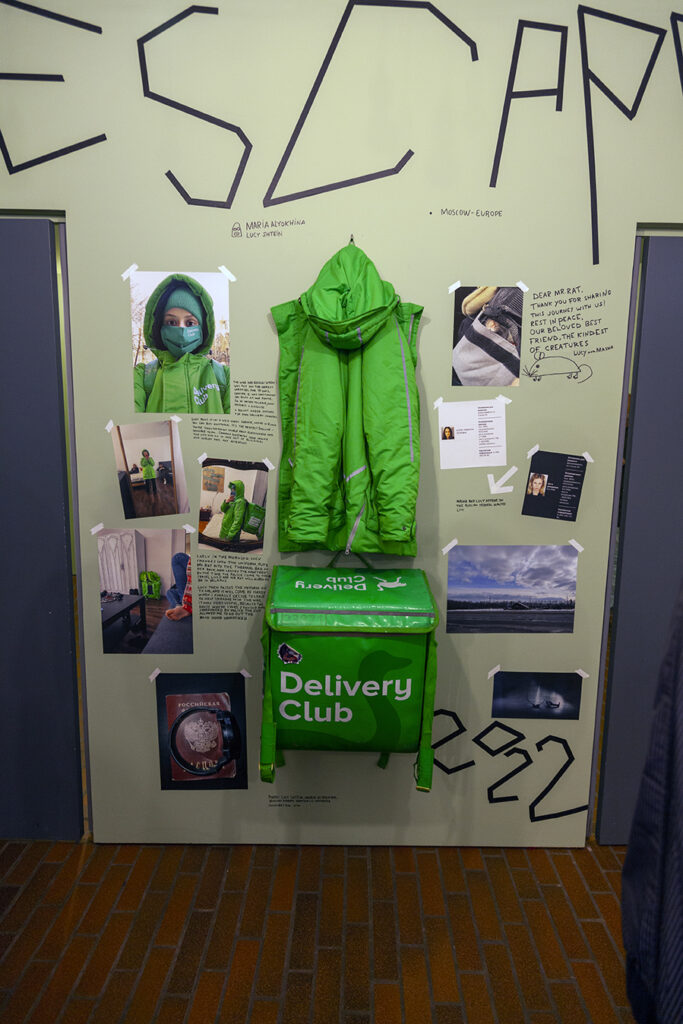
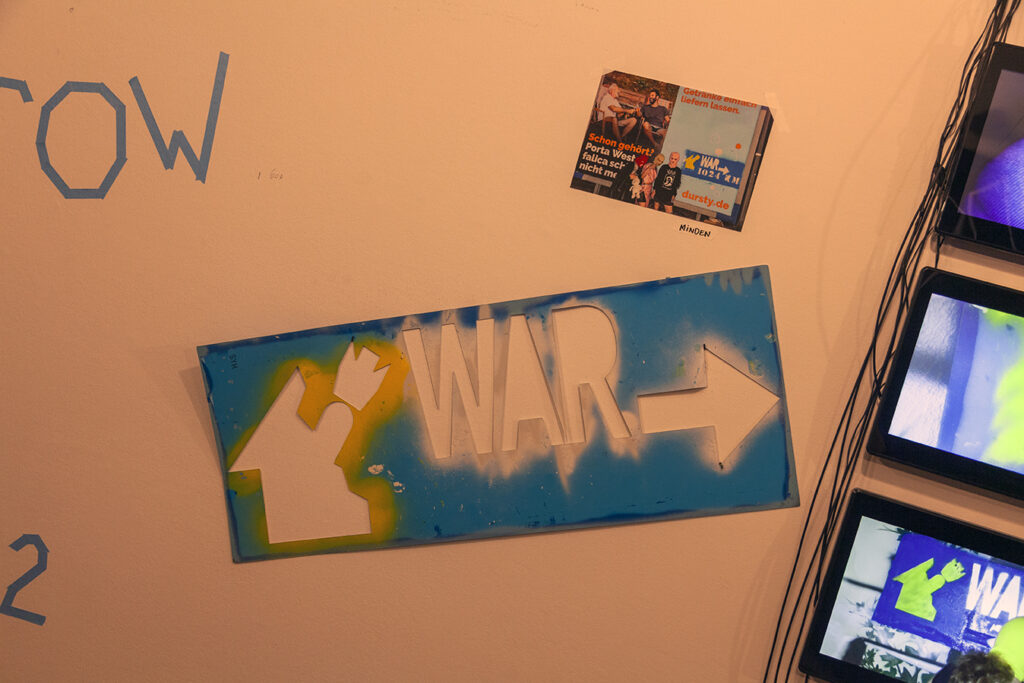
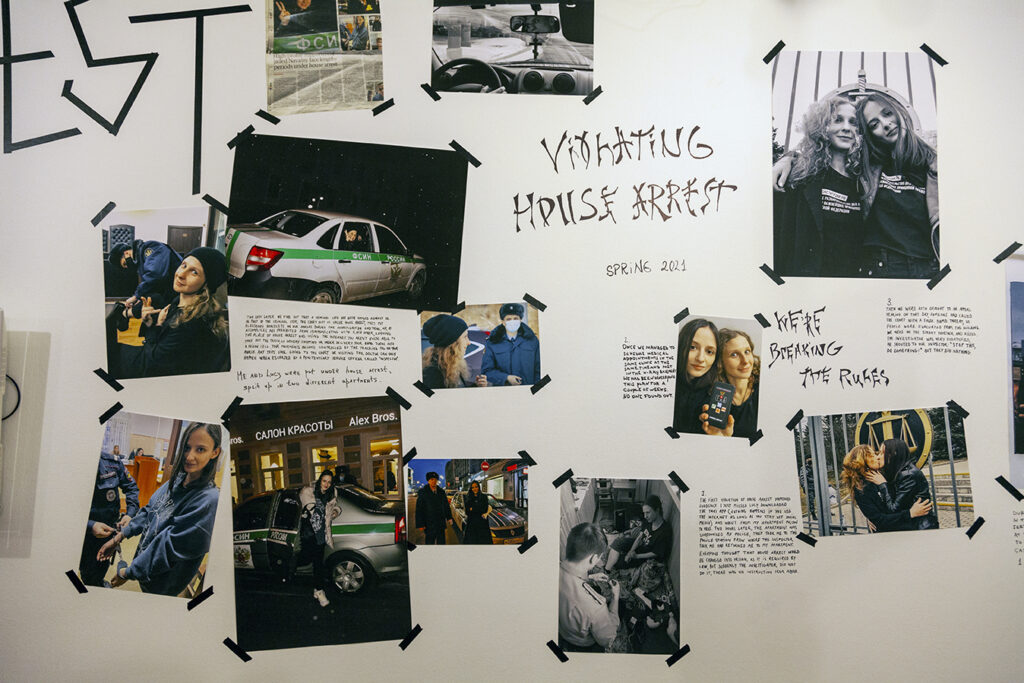
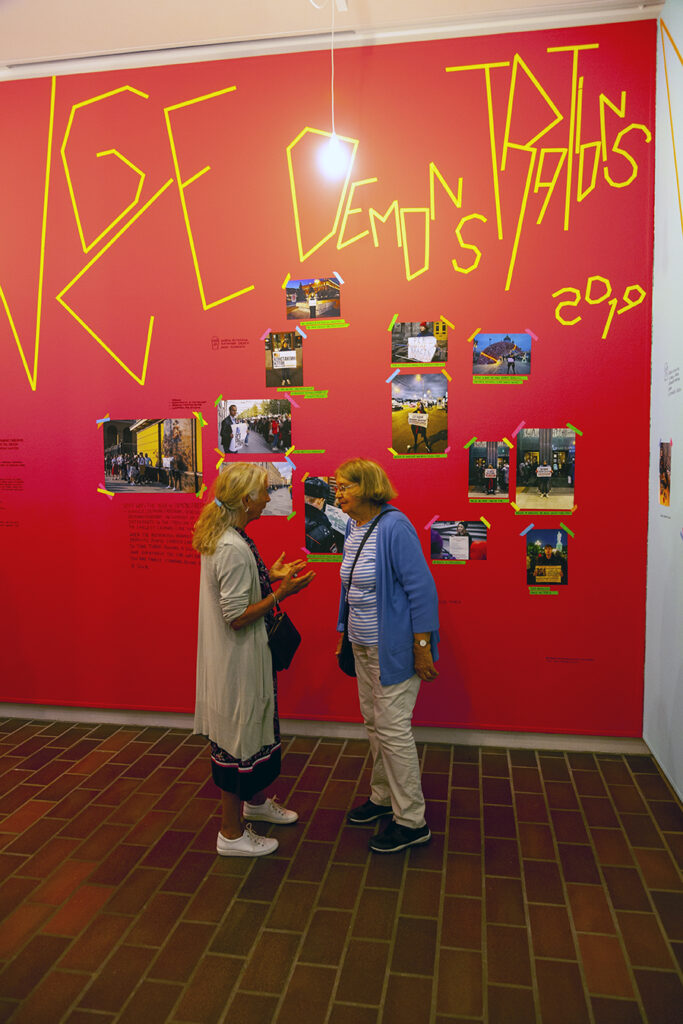
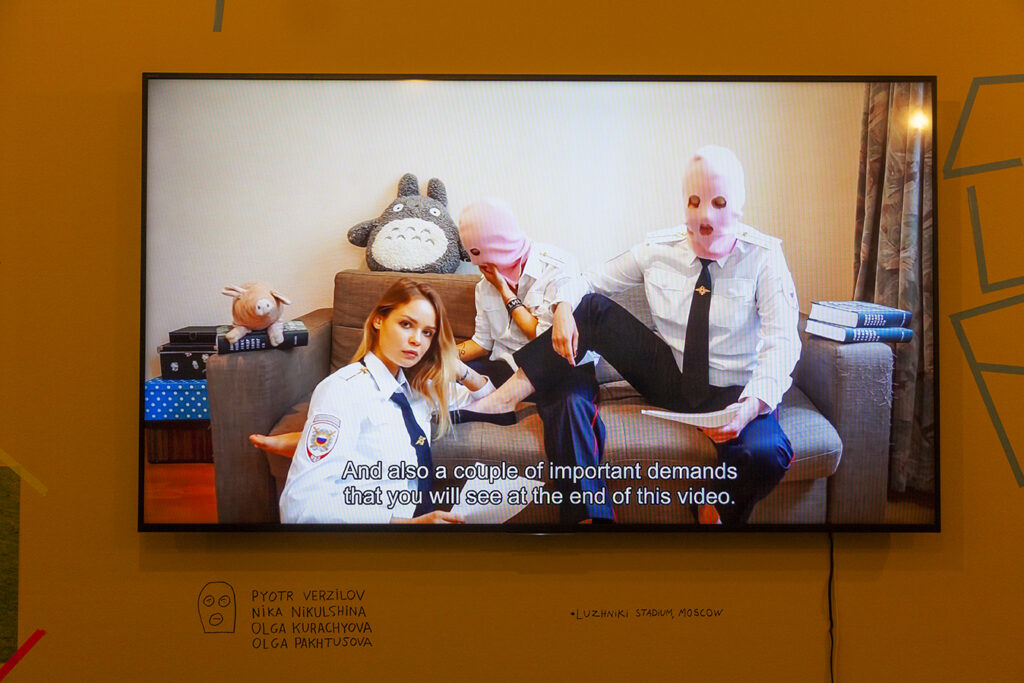
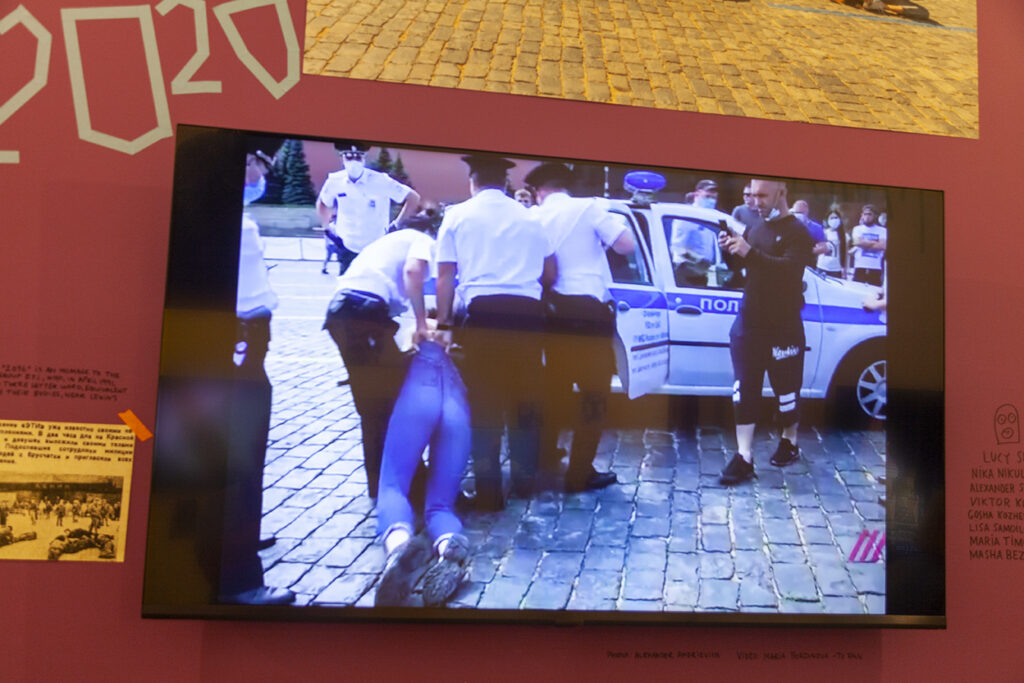
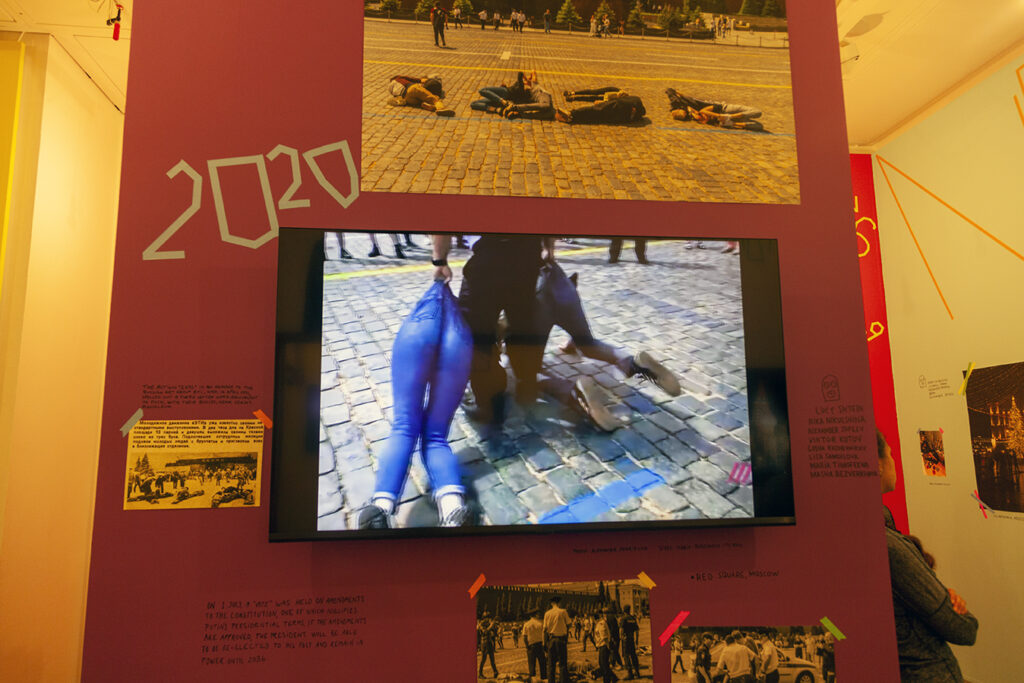

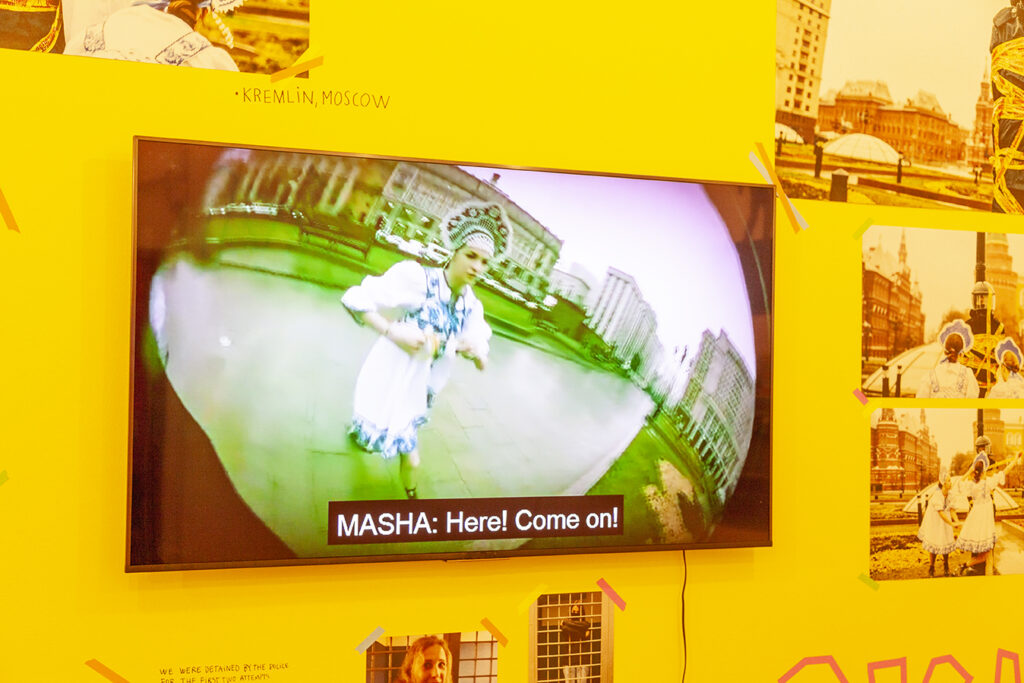
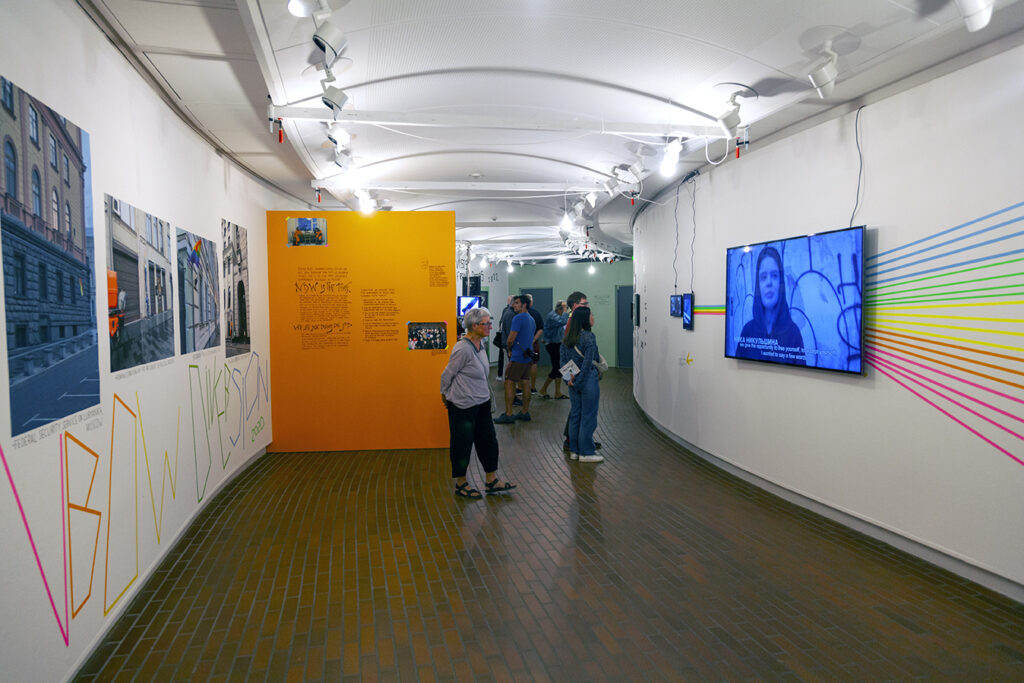
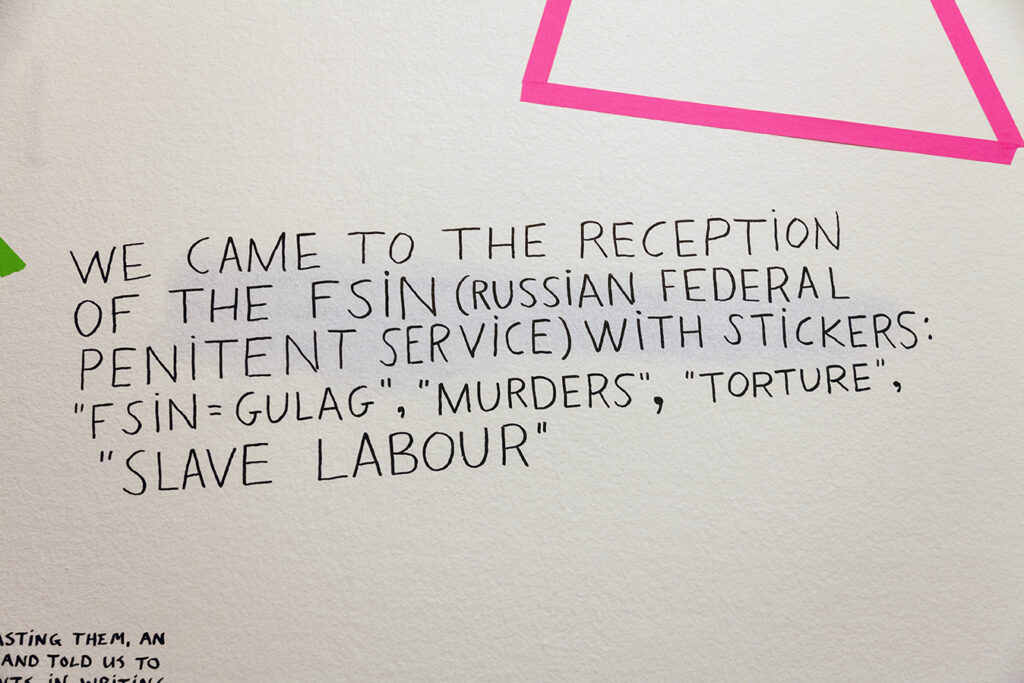
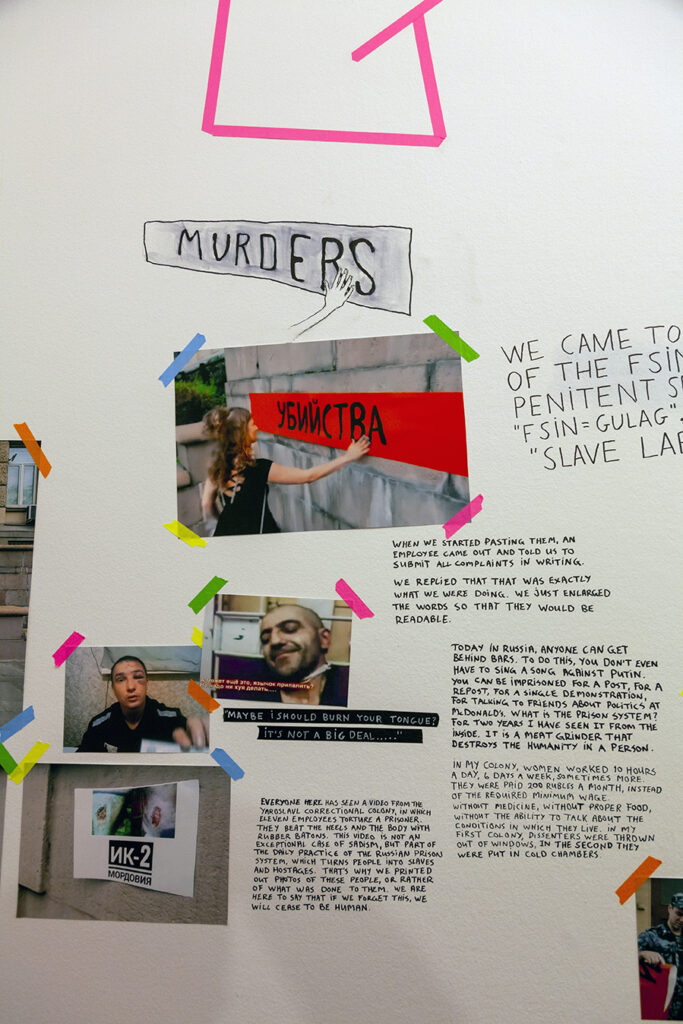
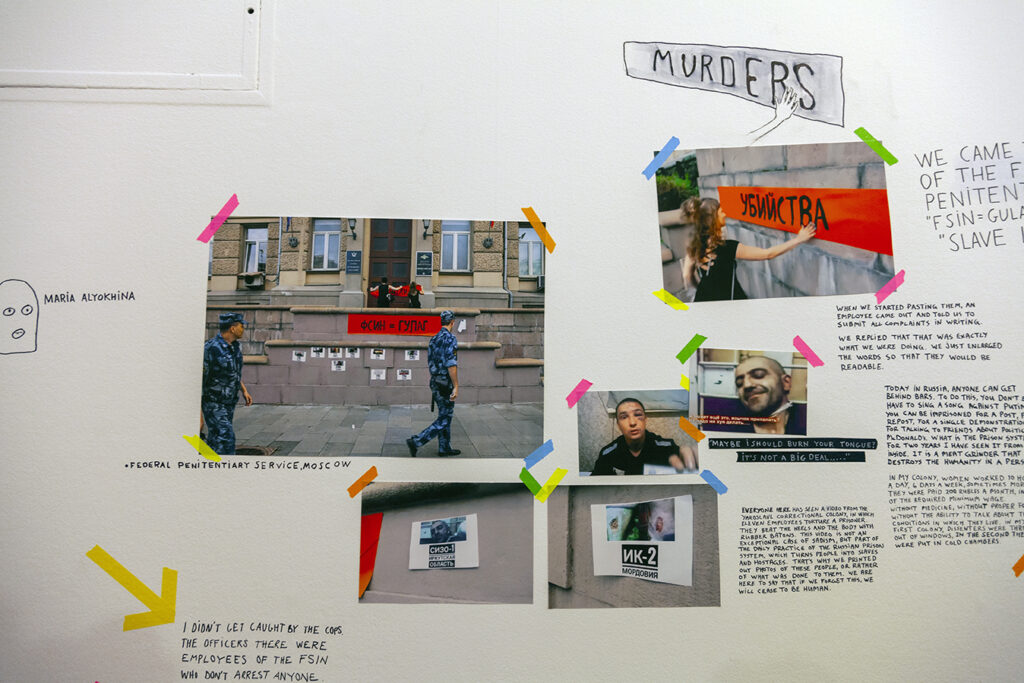
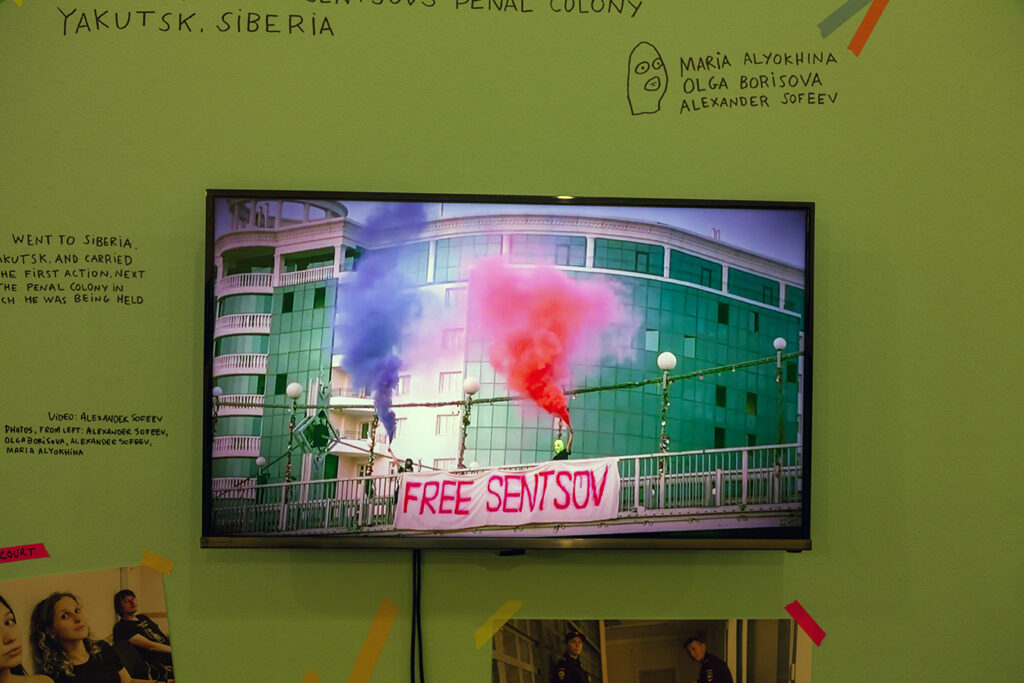
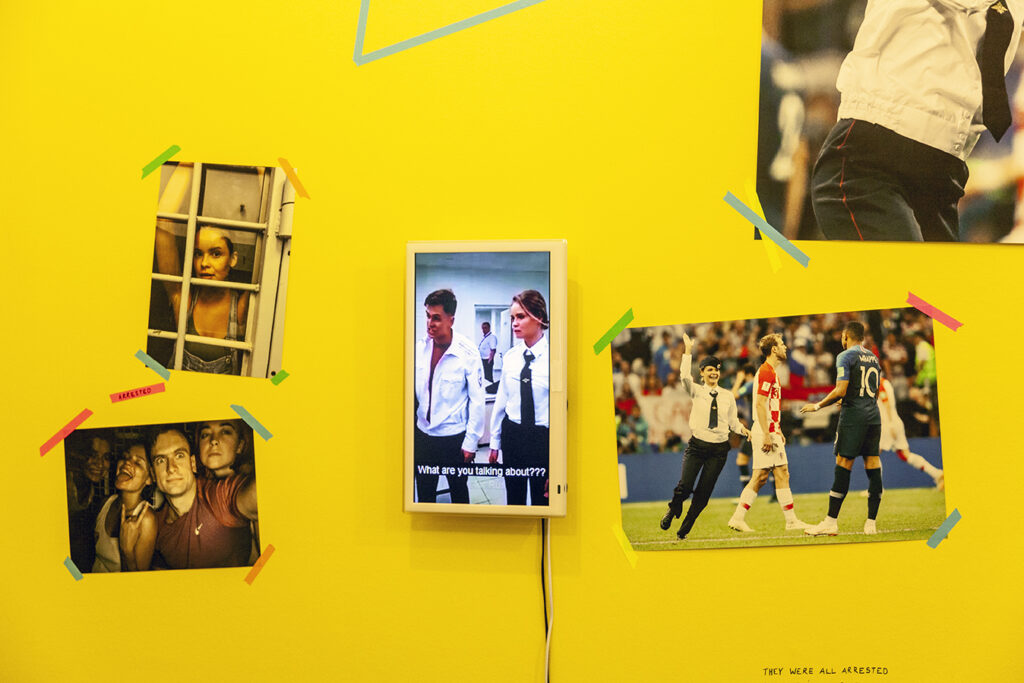
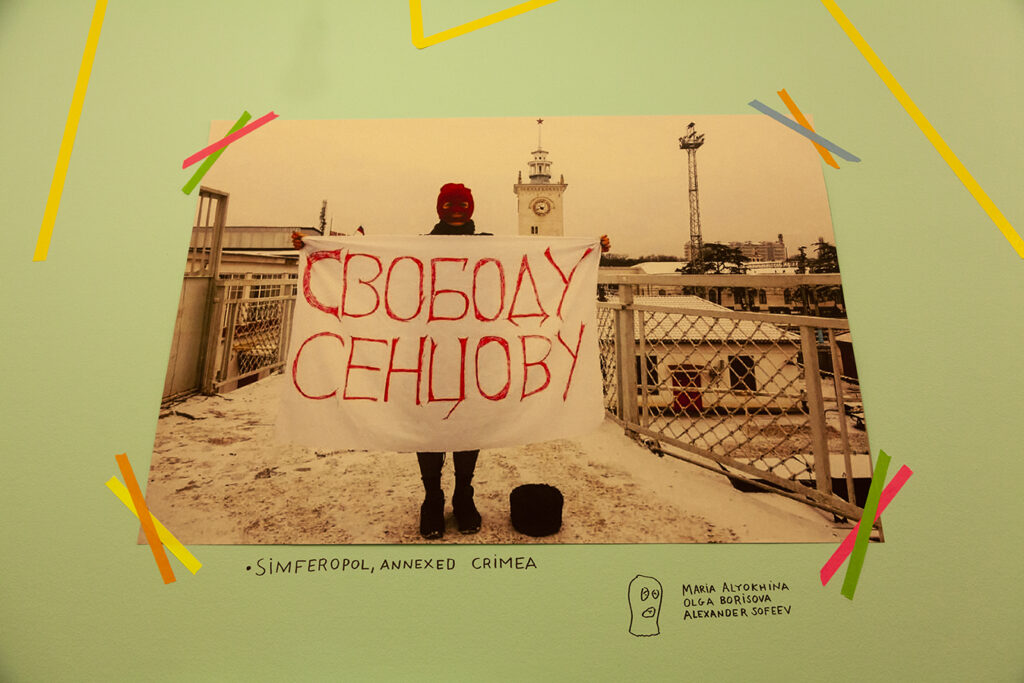
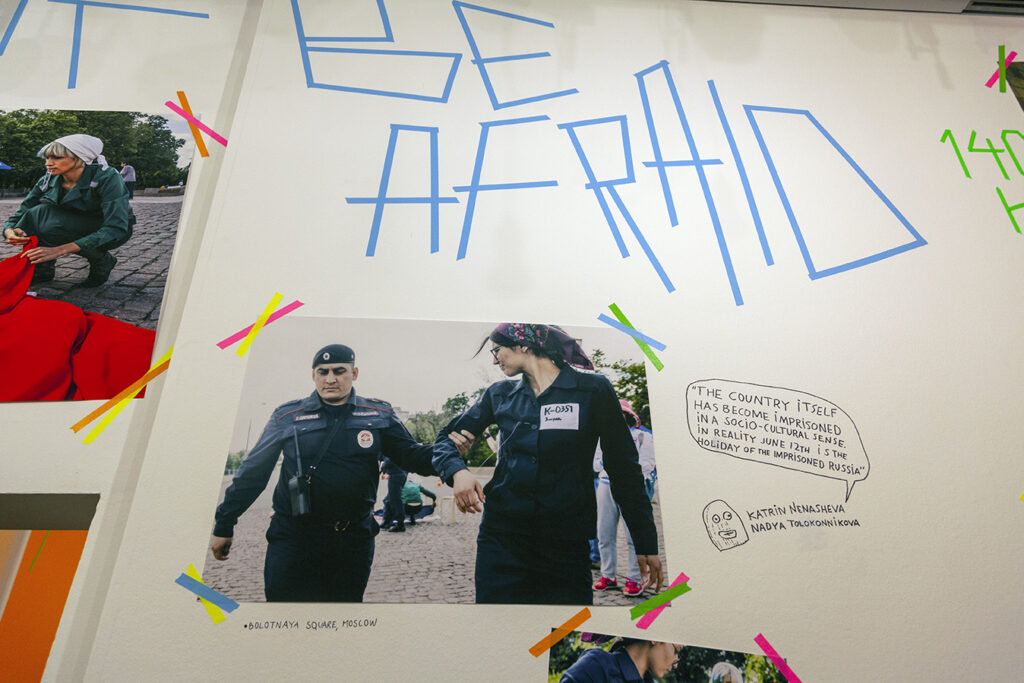
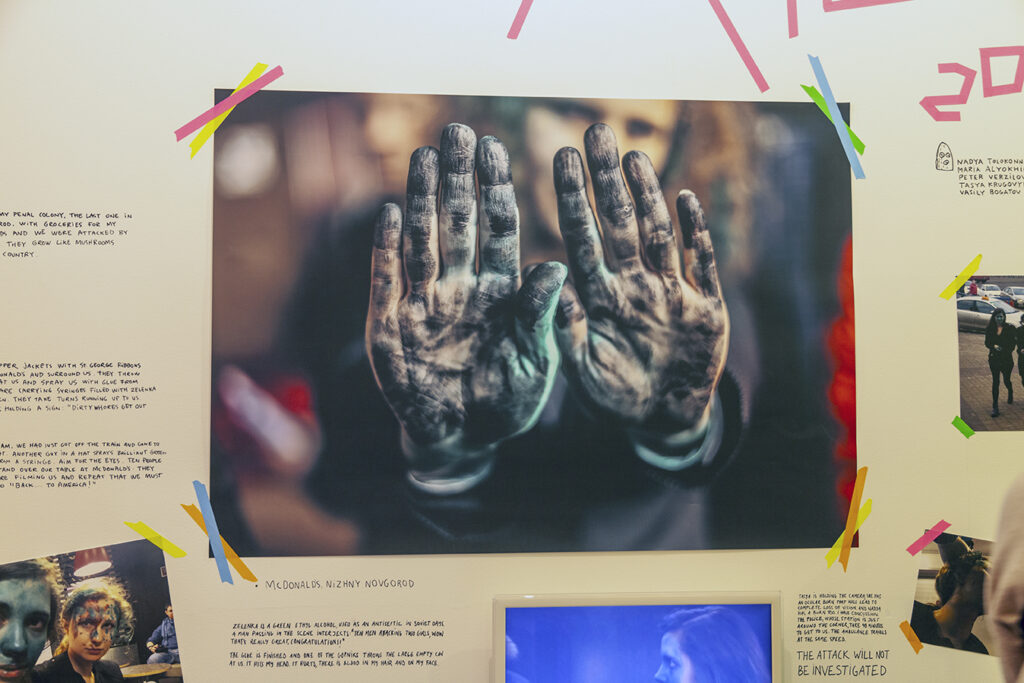
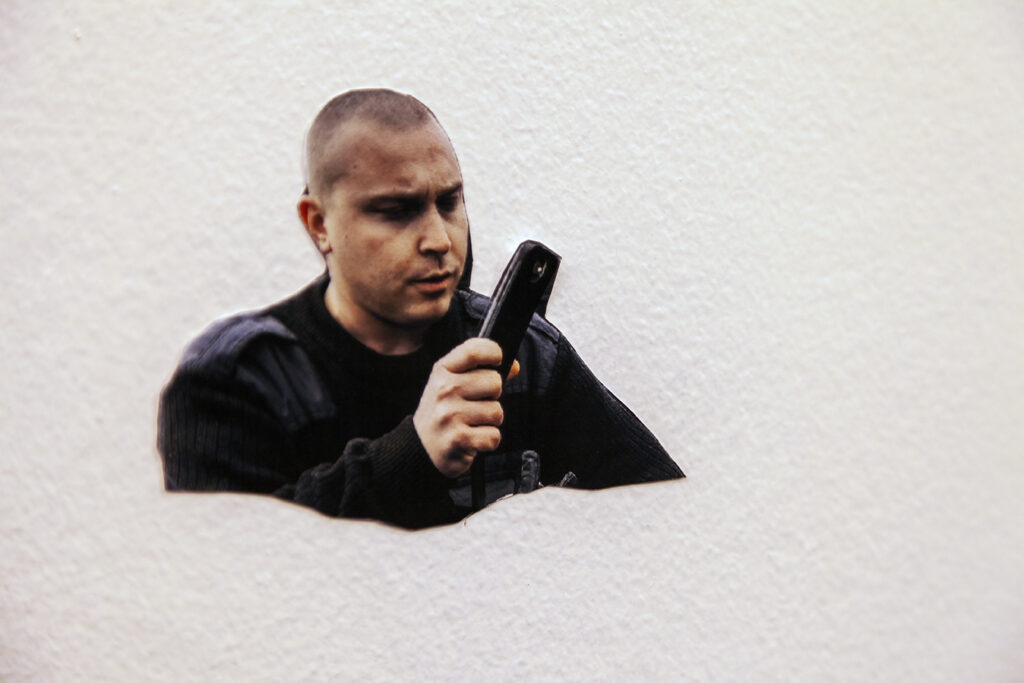
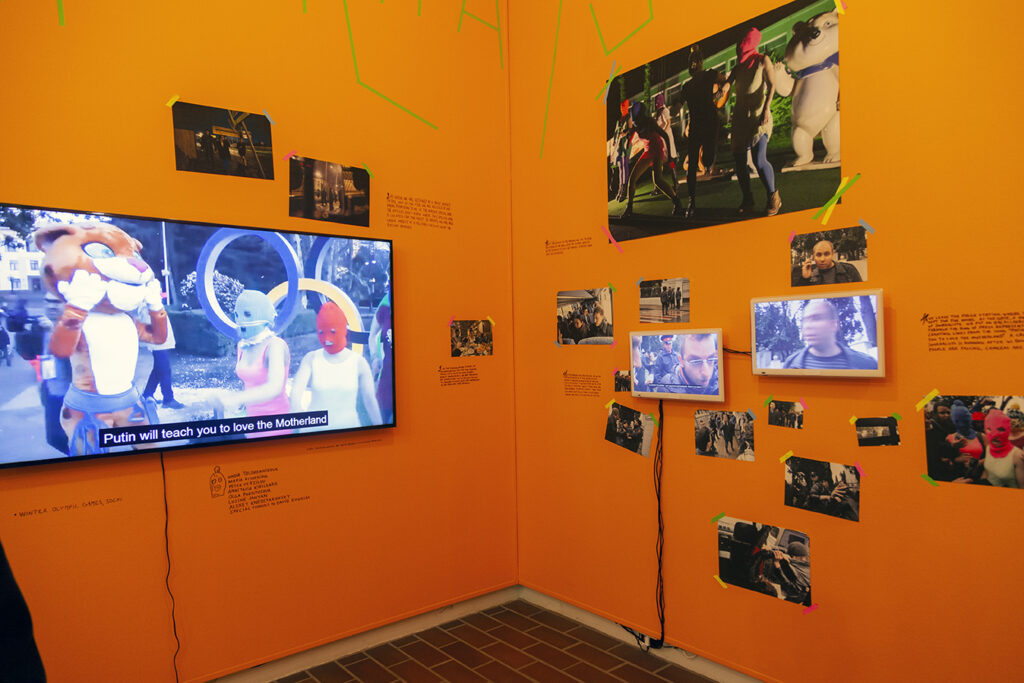
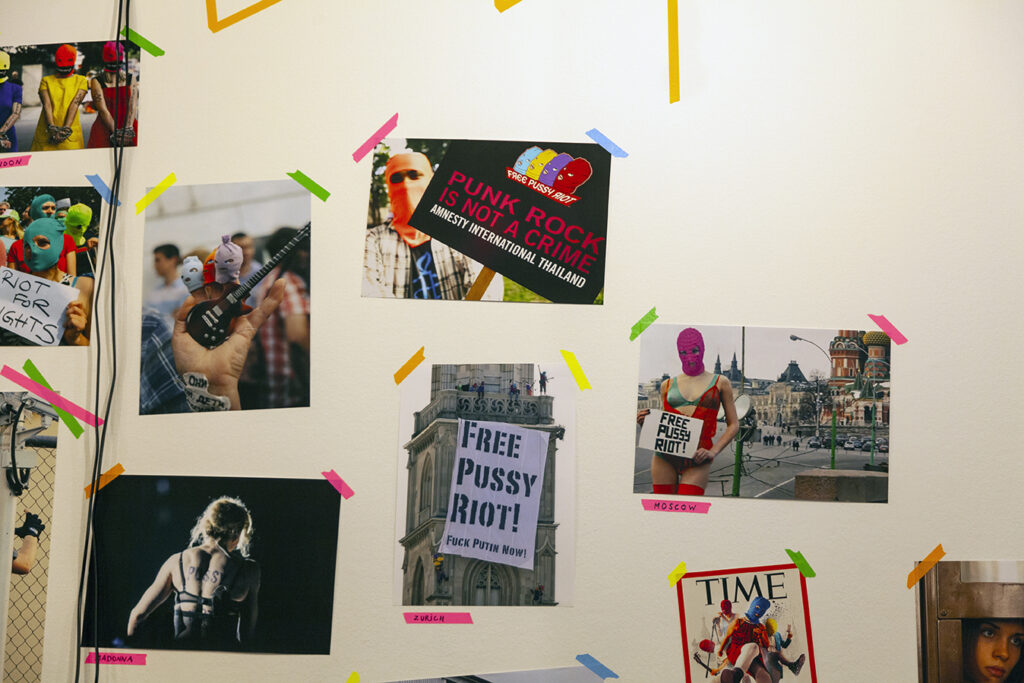
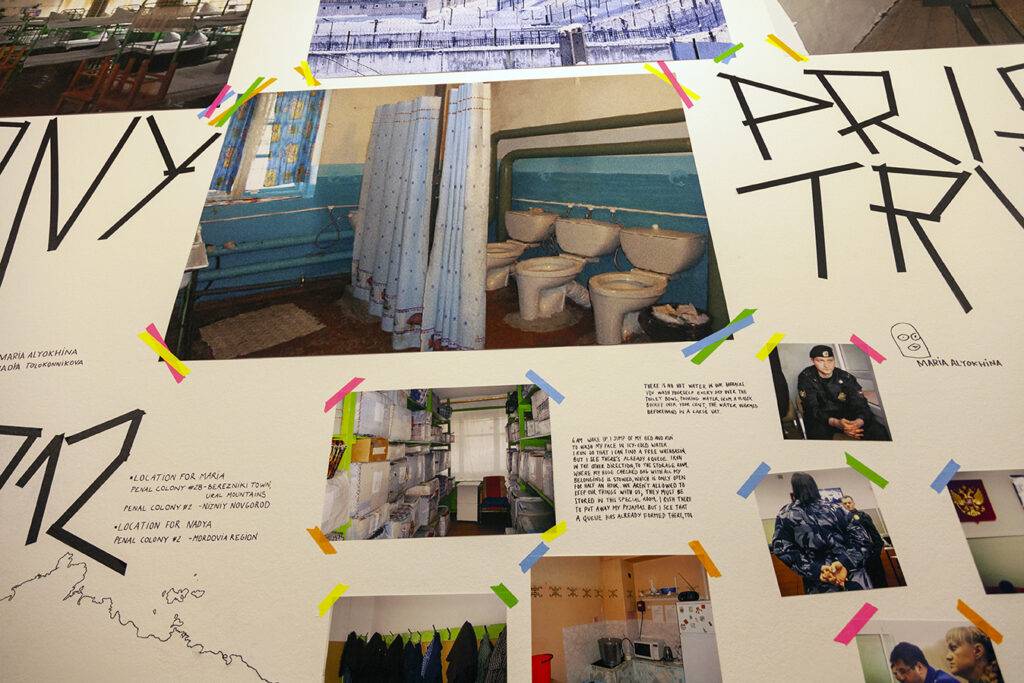
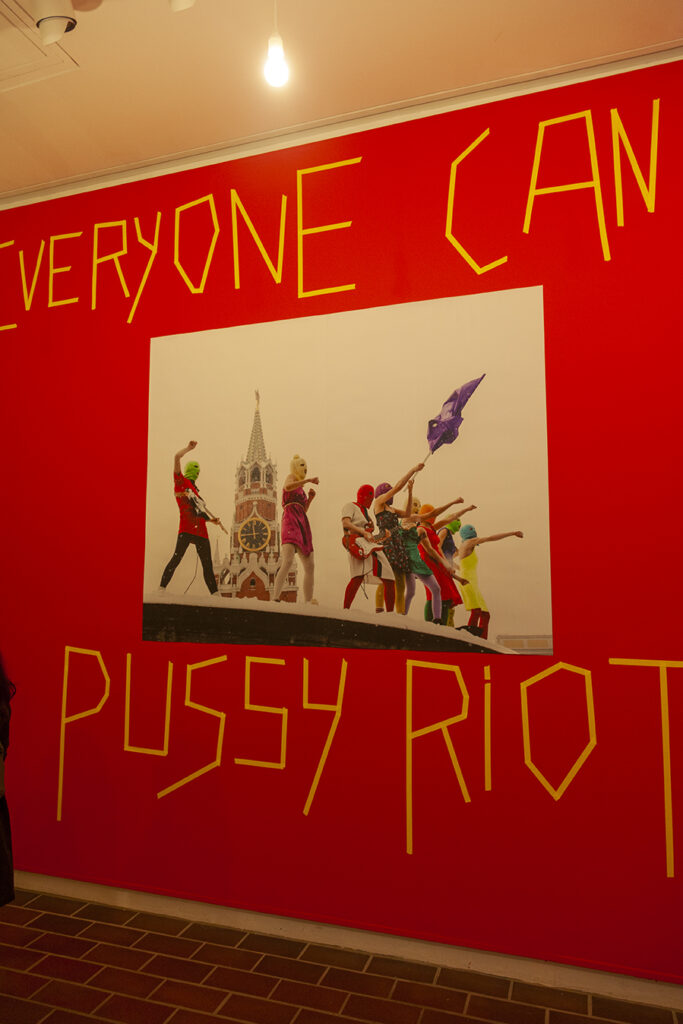
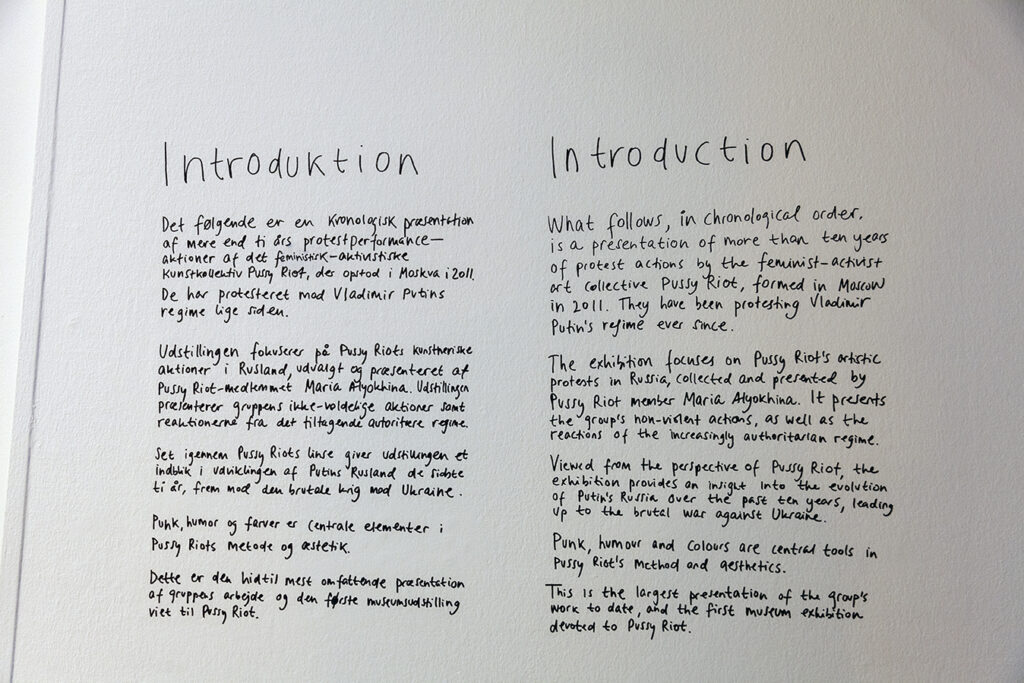
SCANDINAVIAN PAIN
